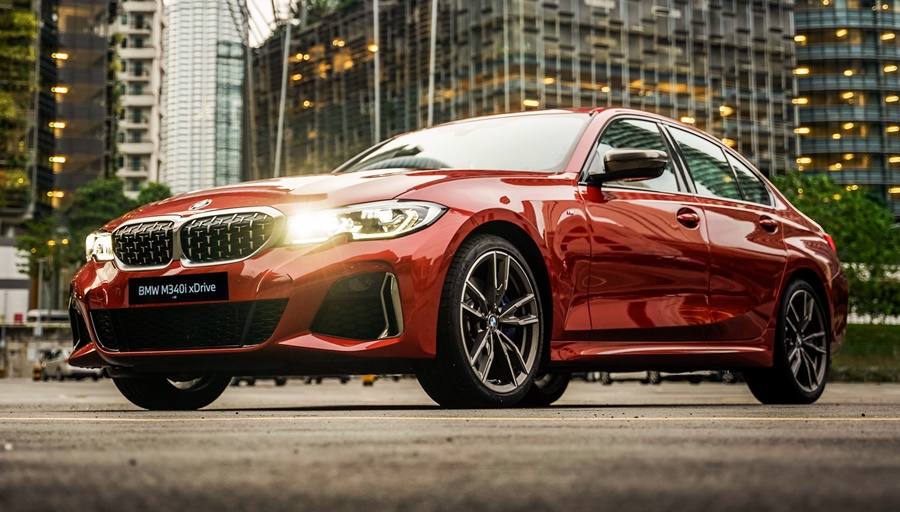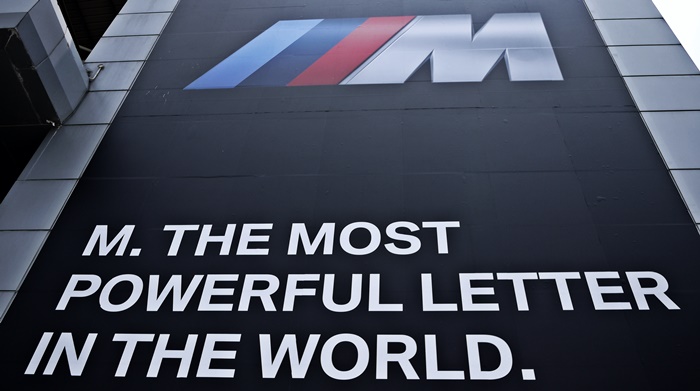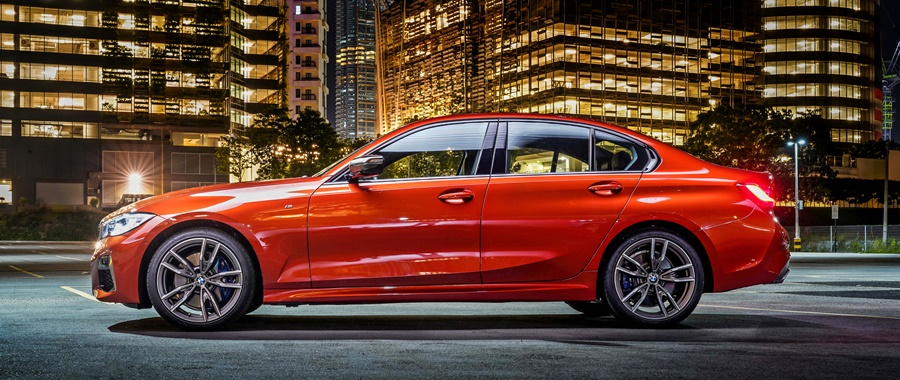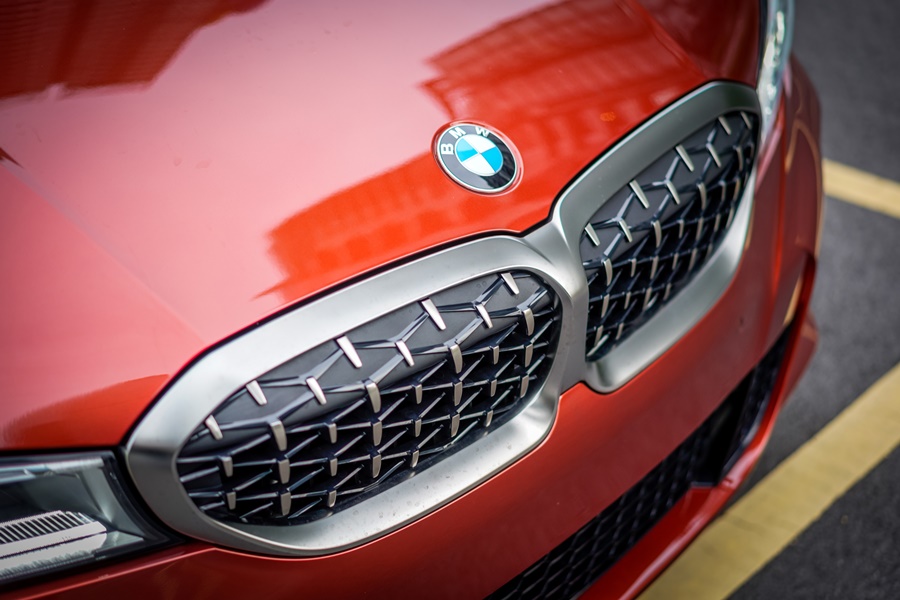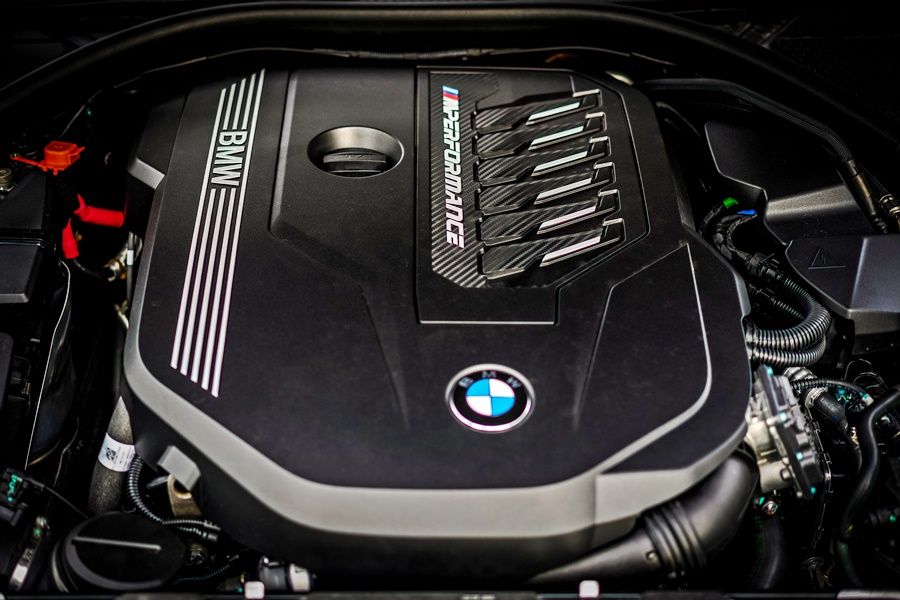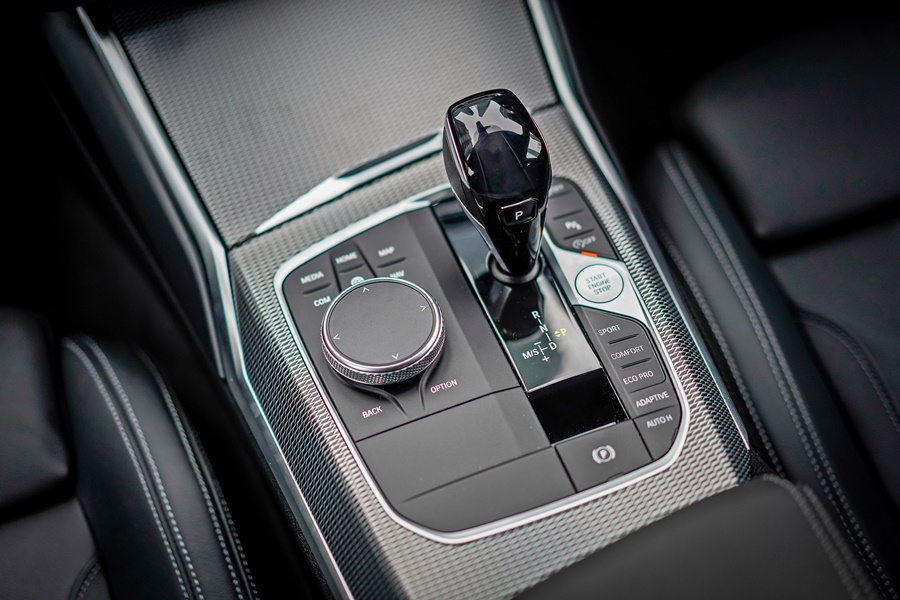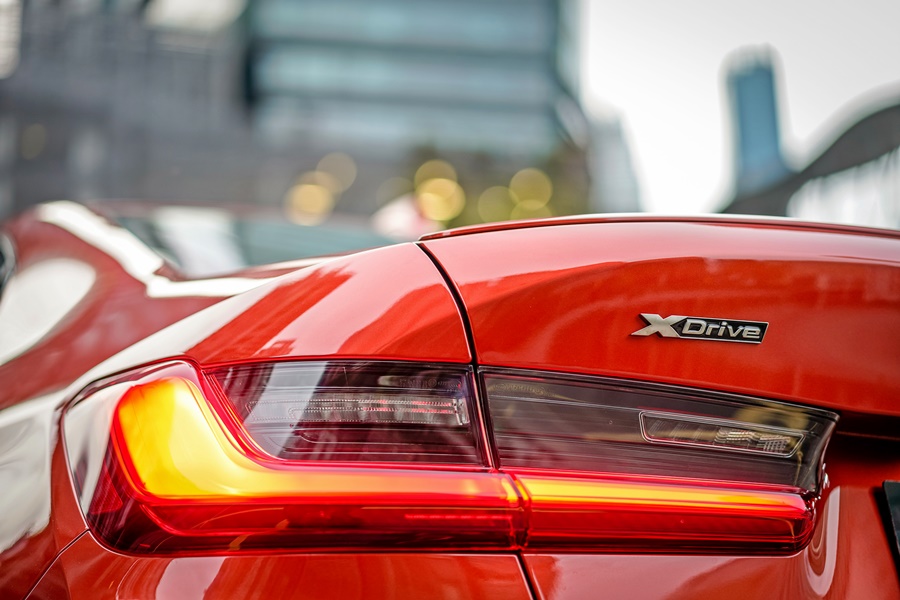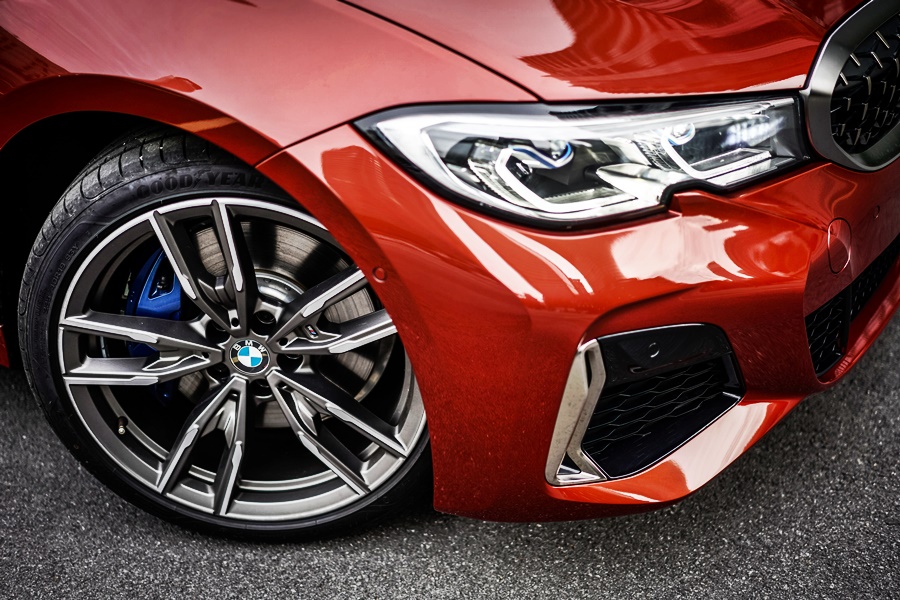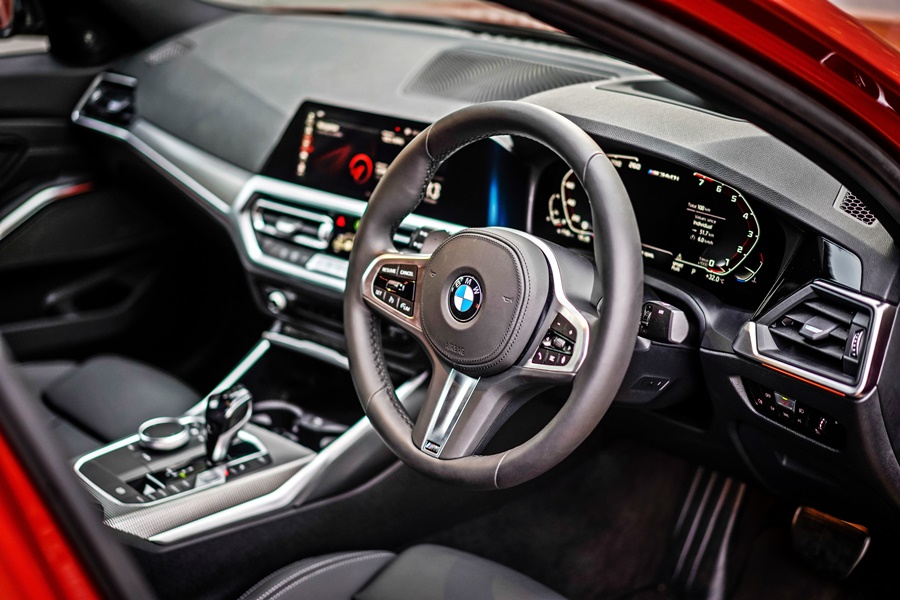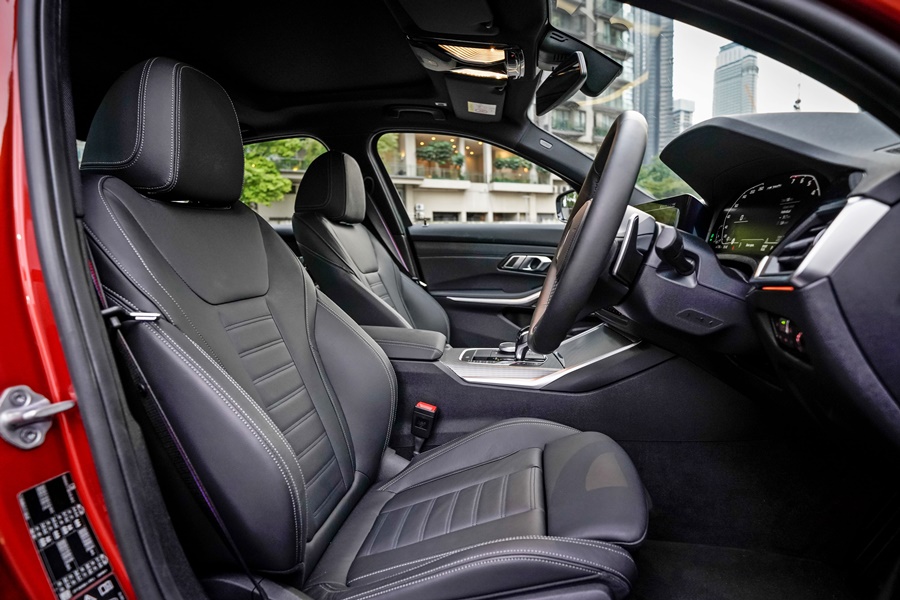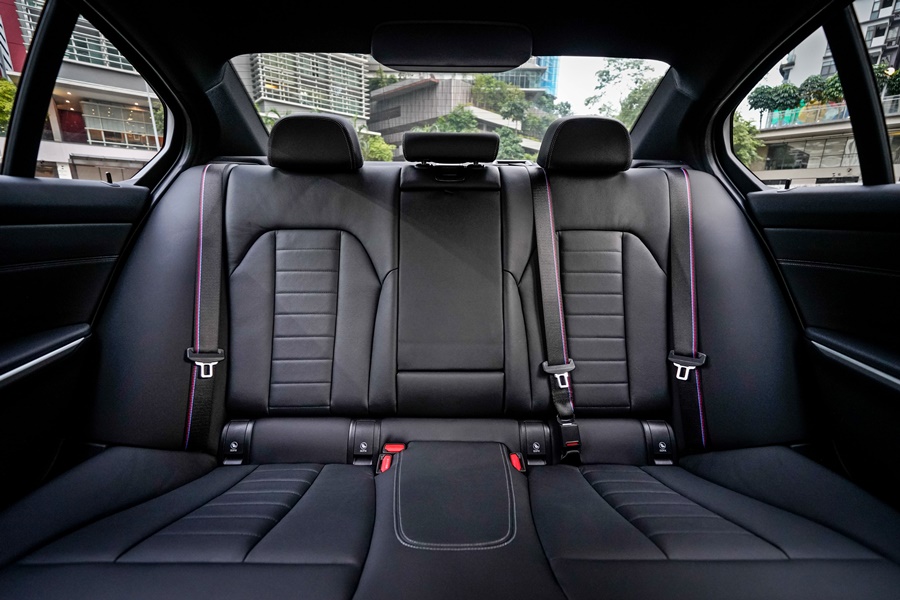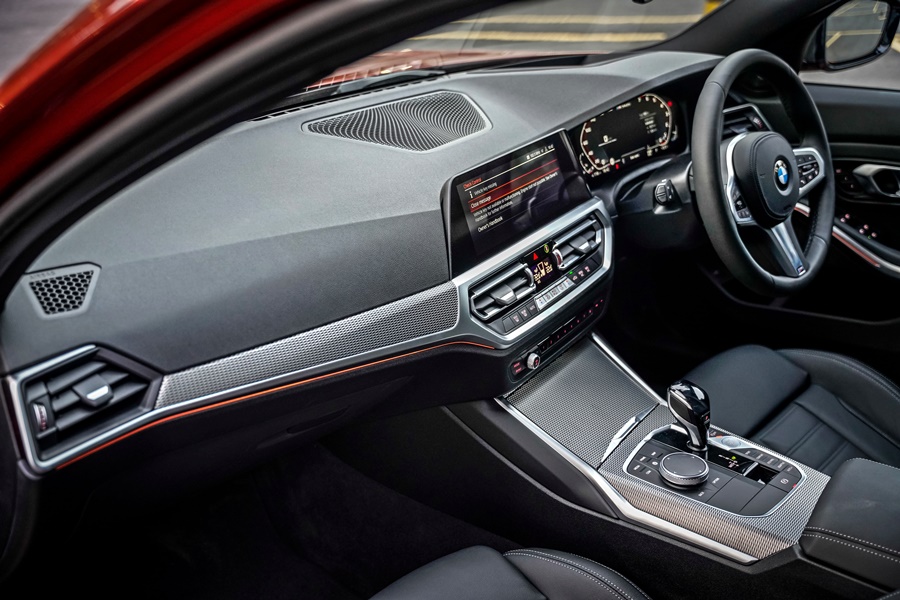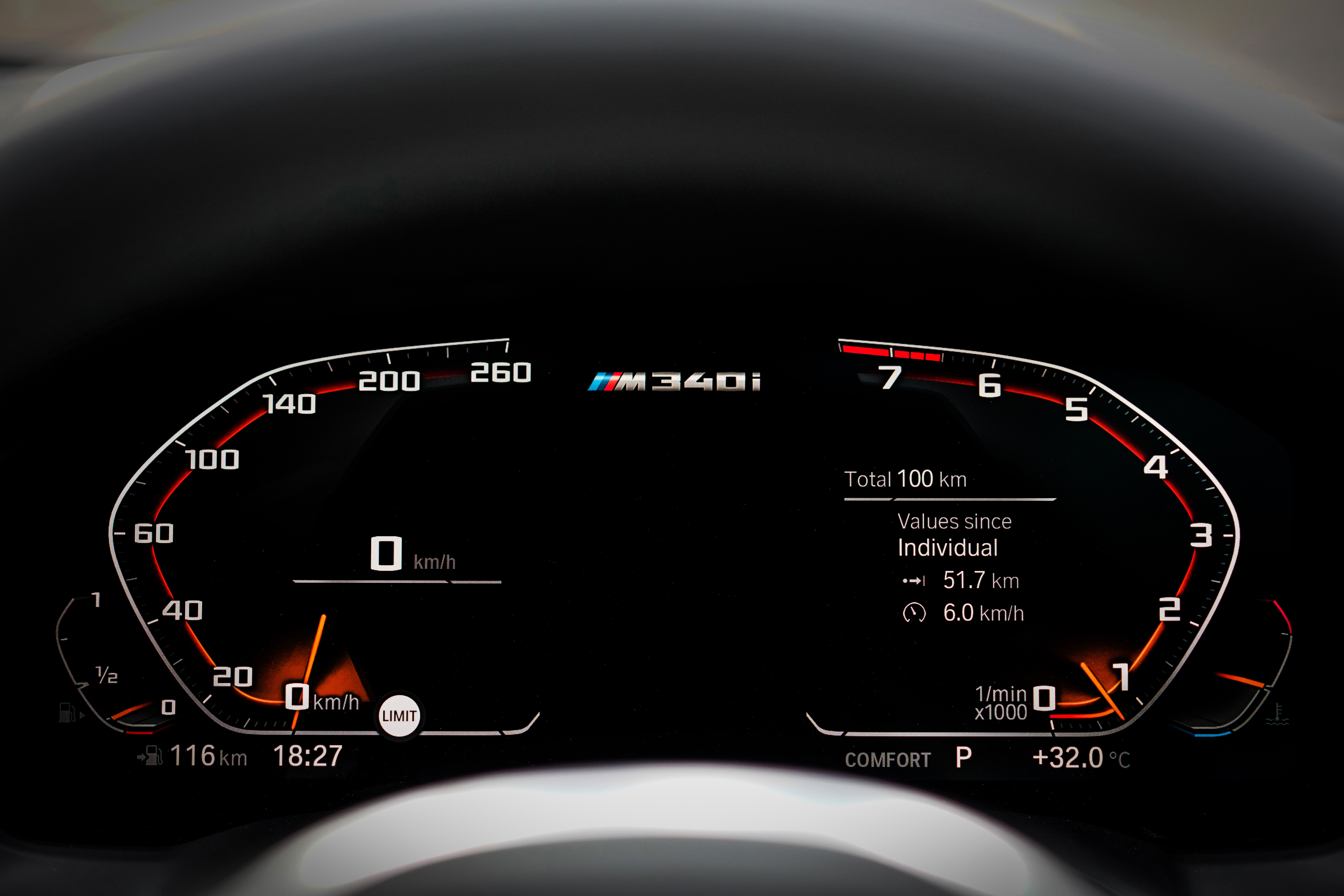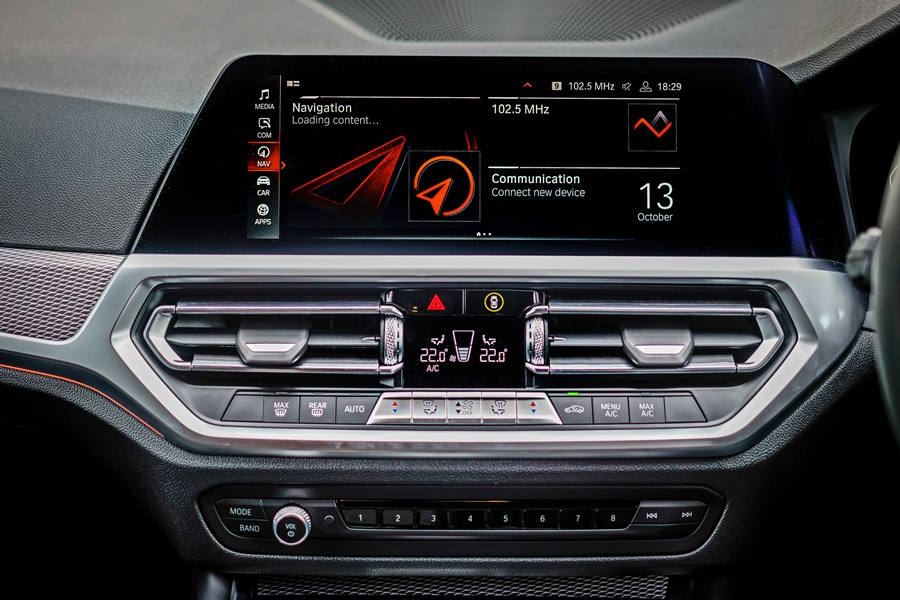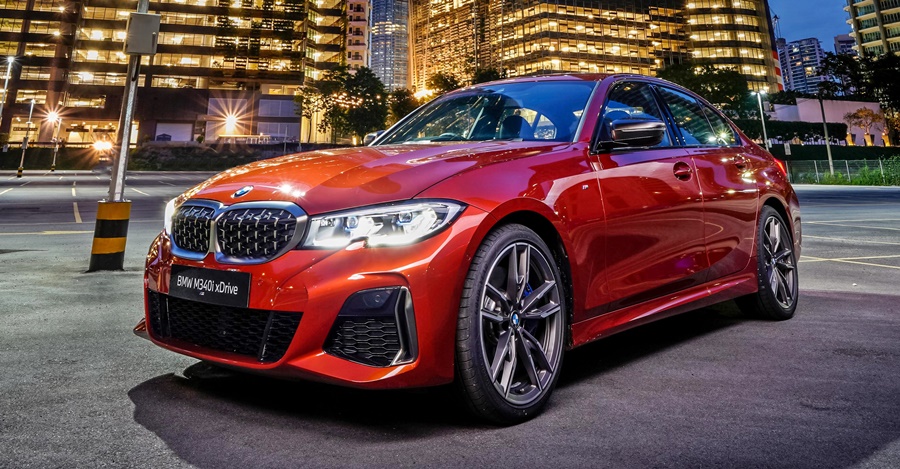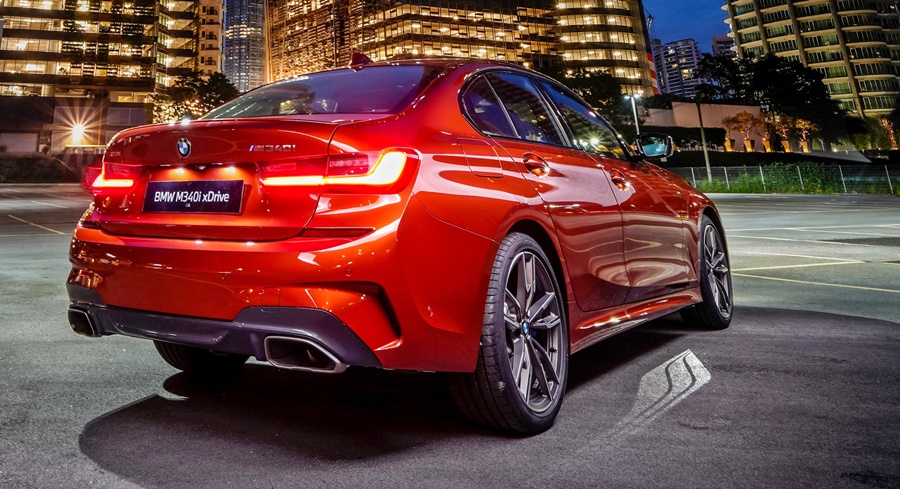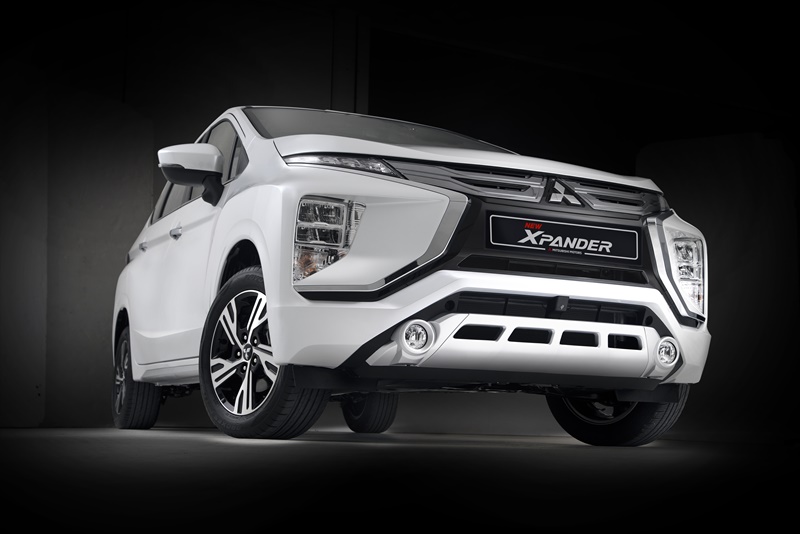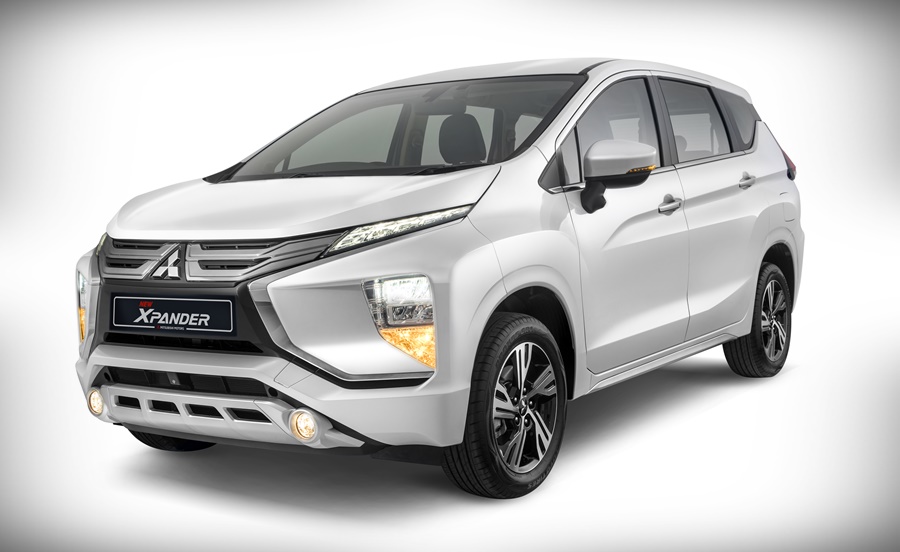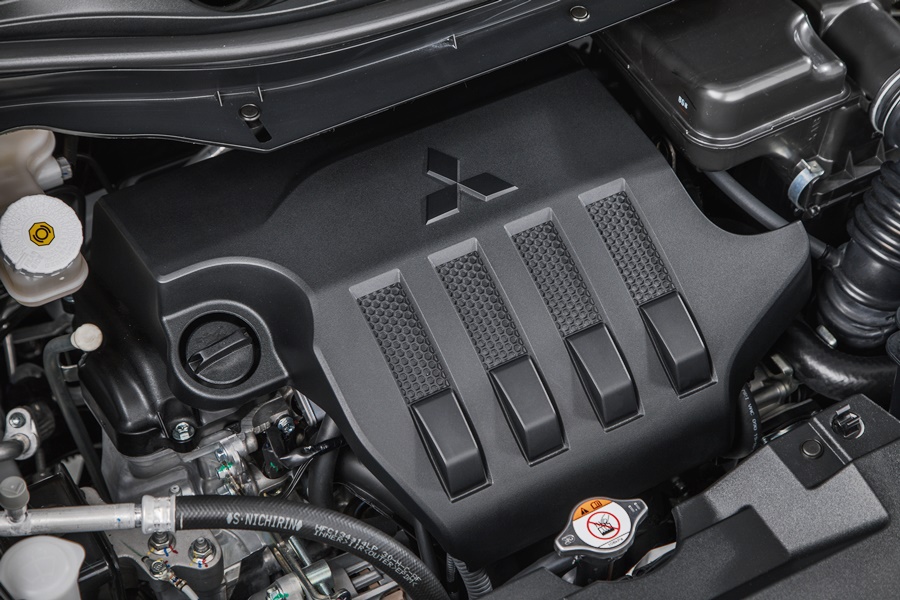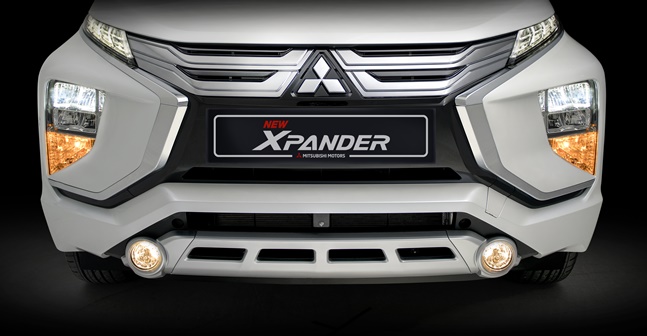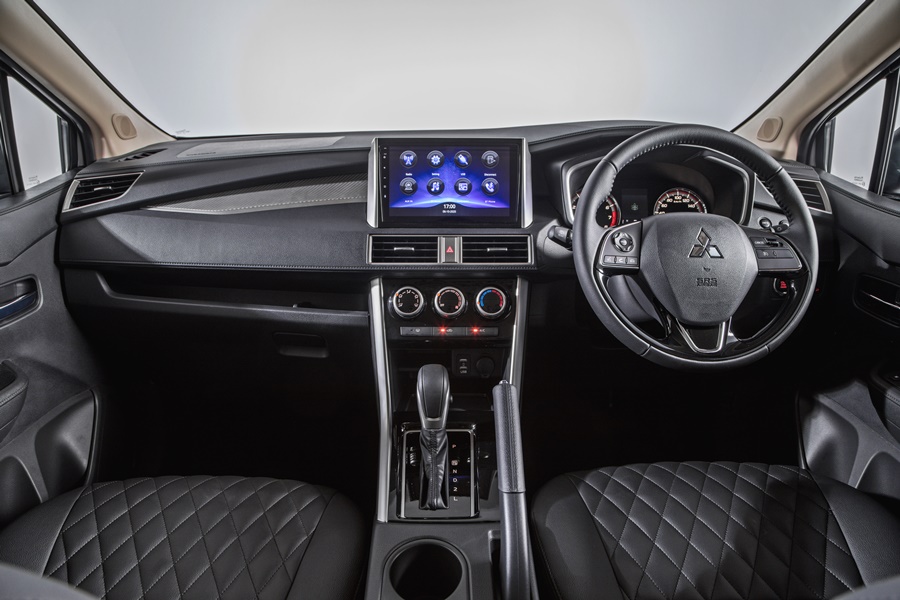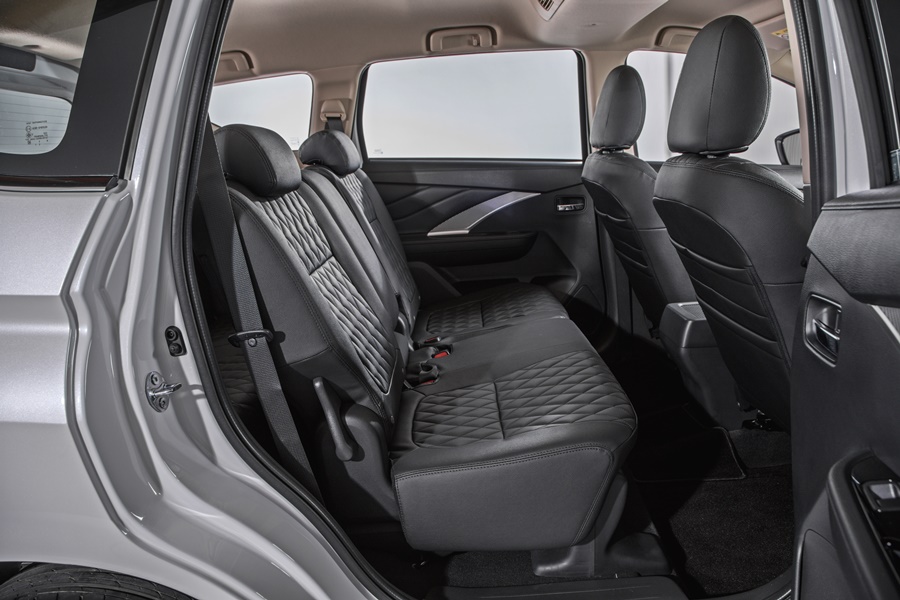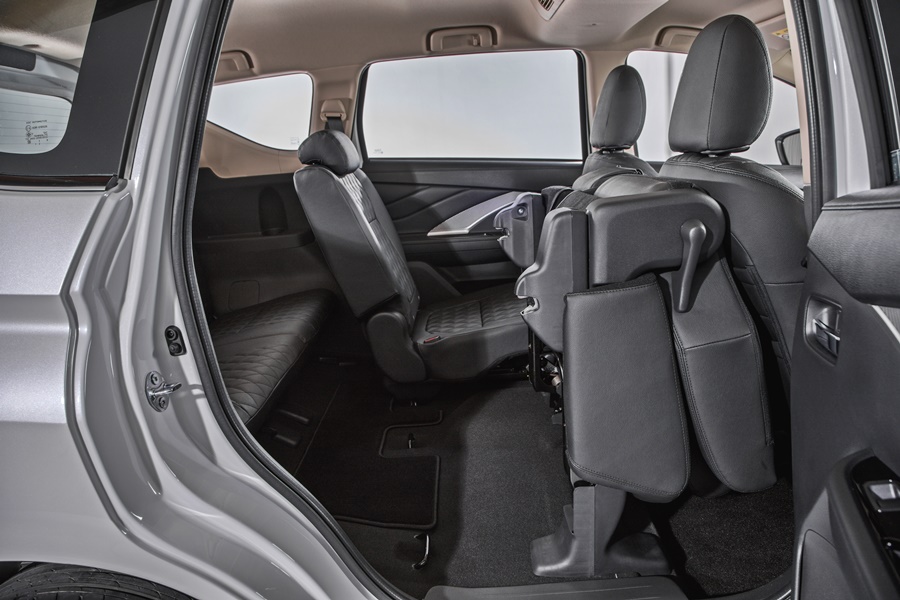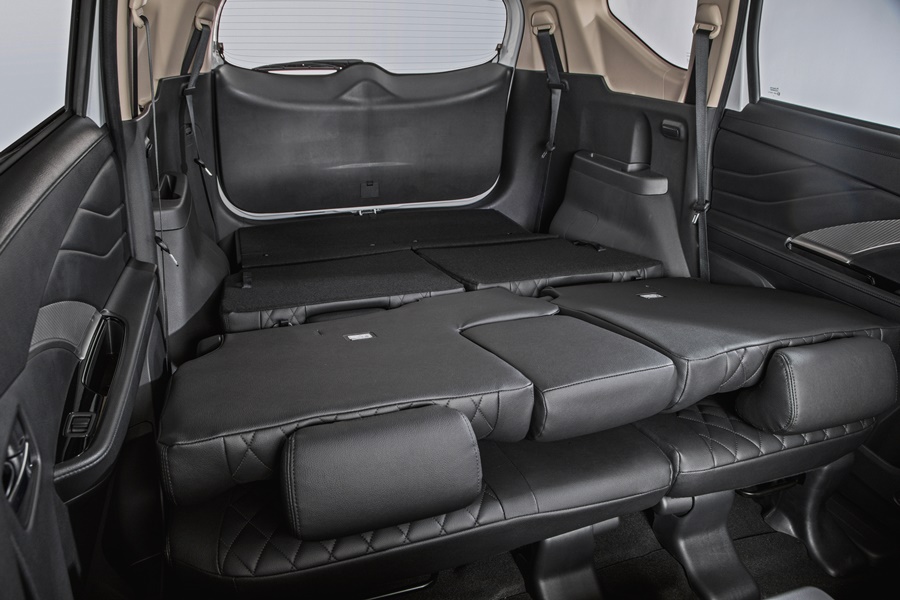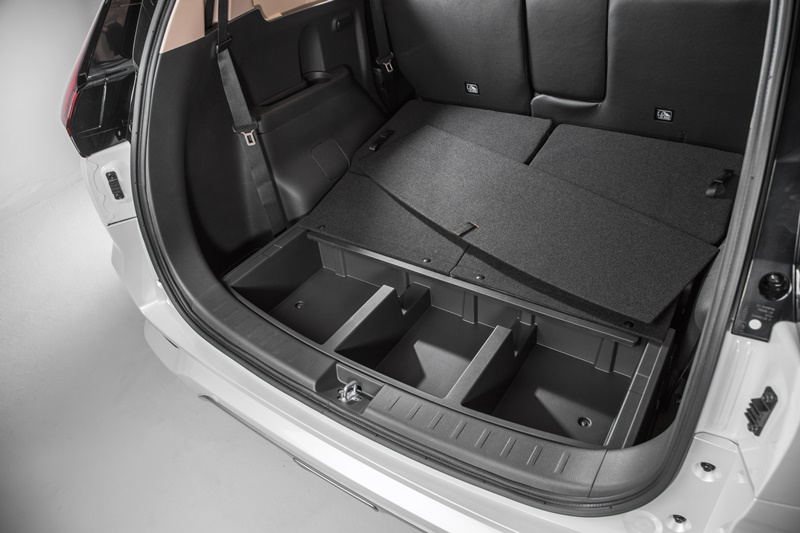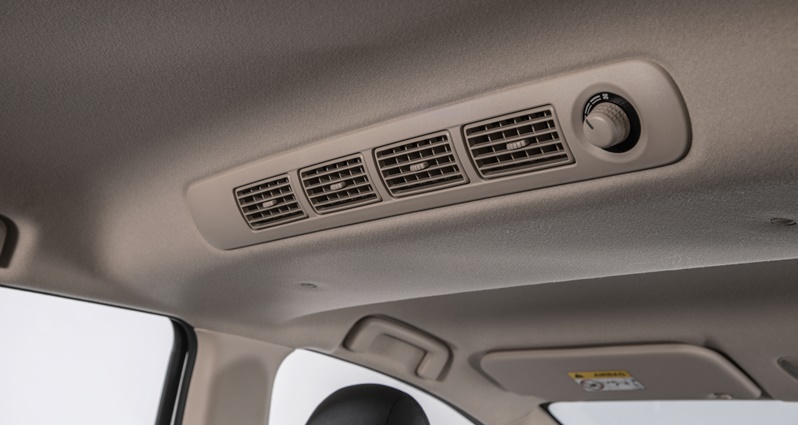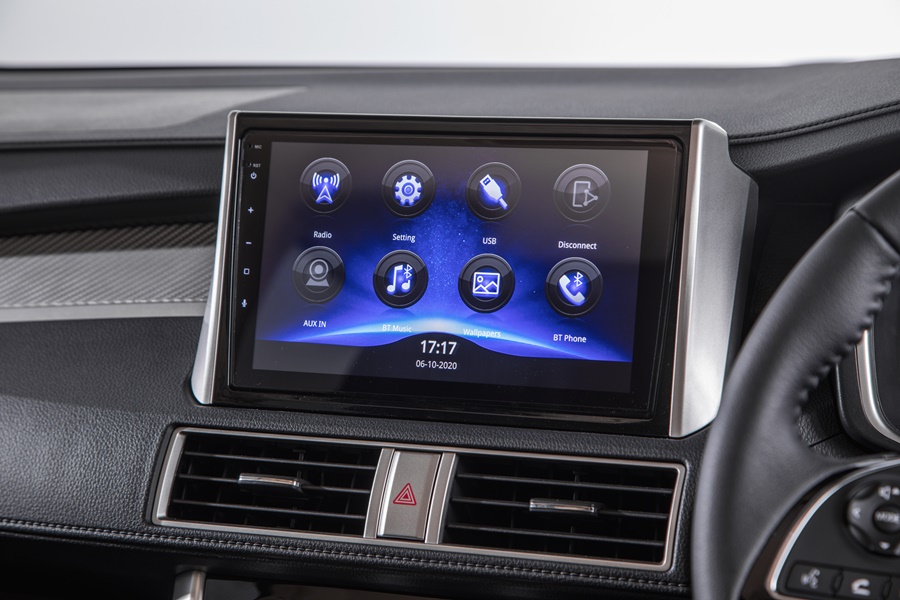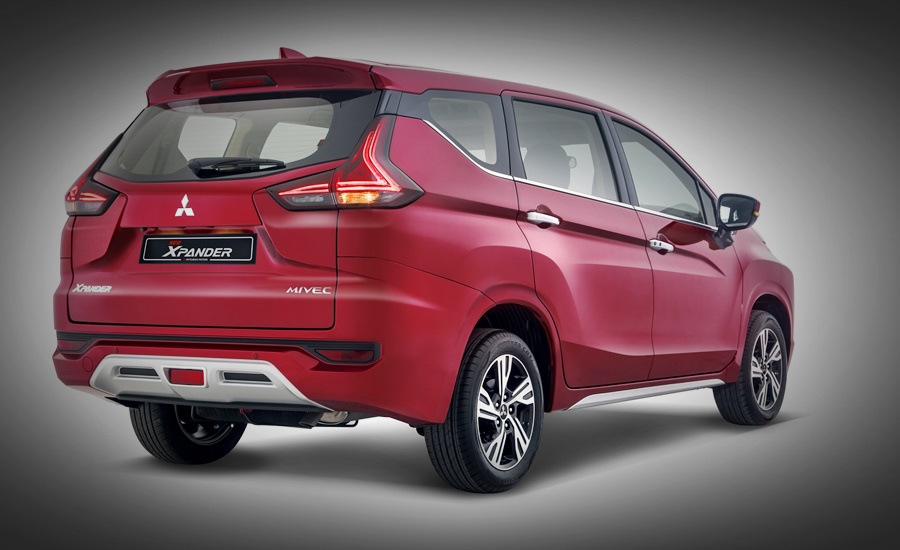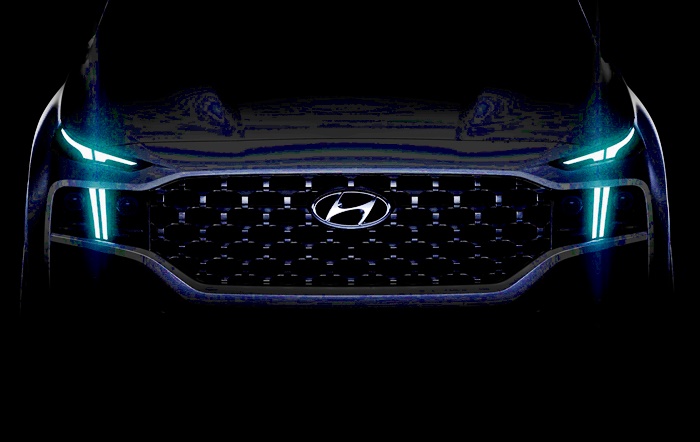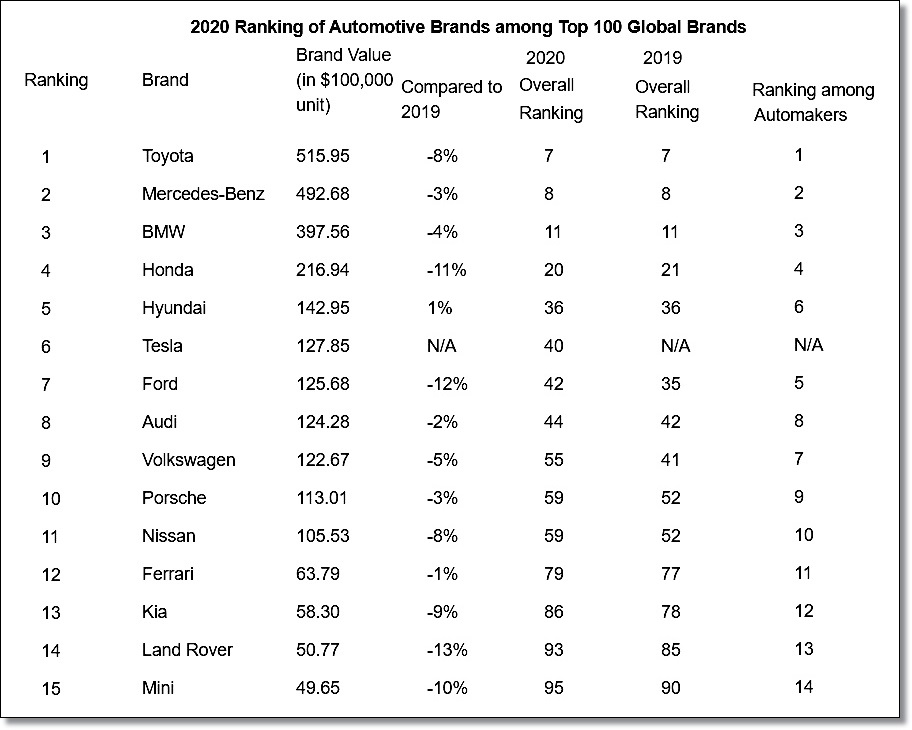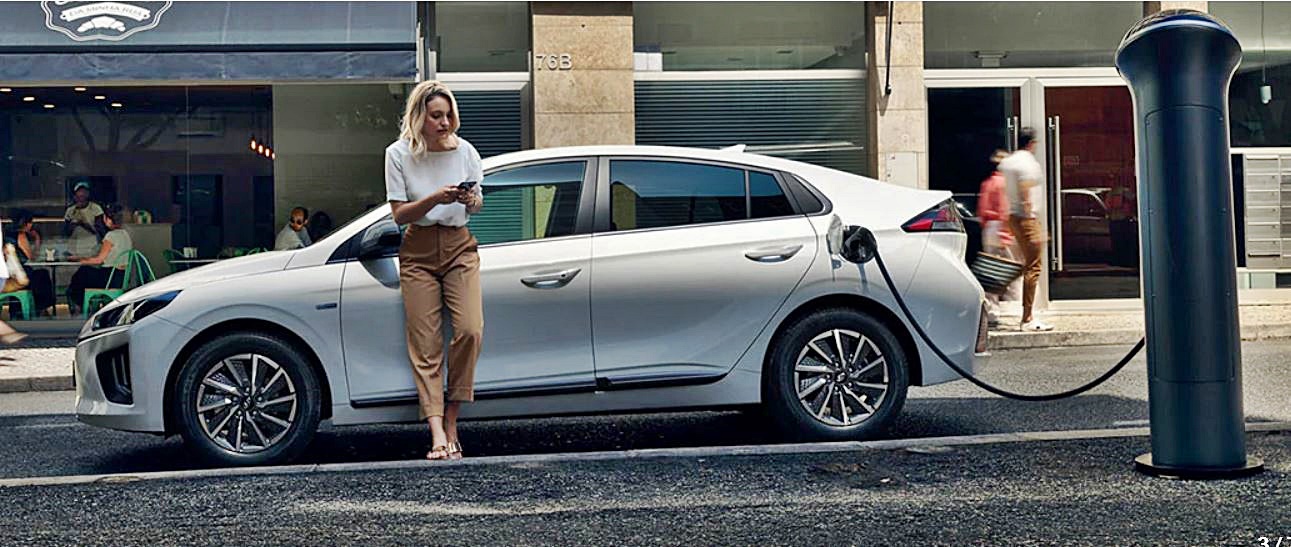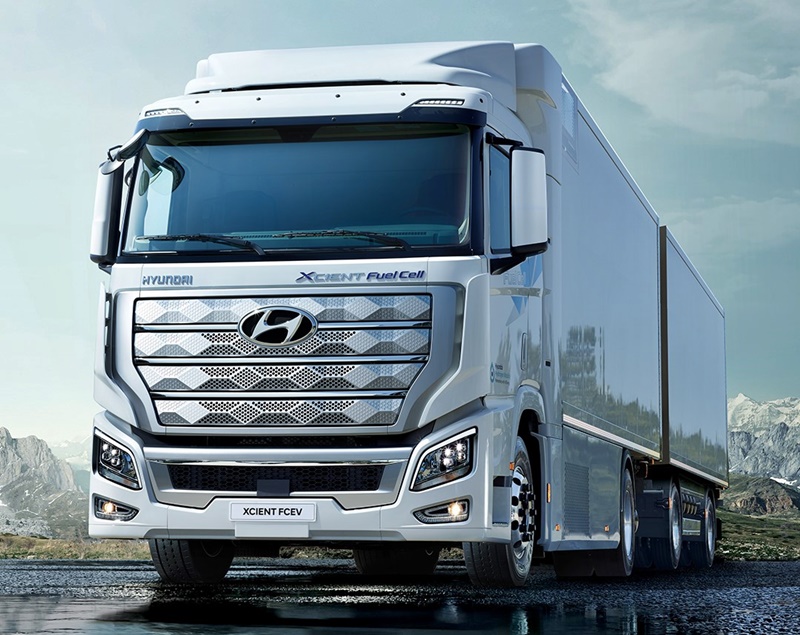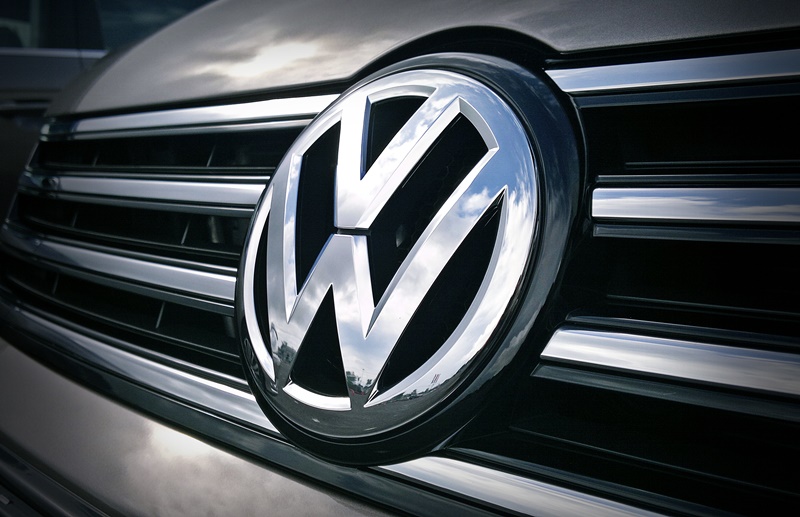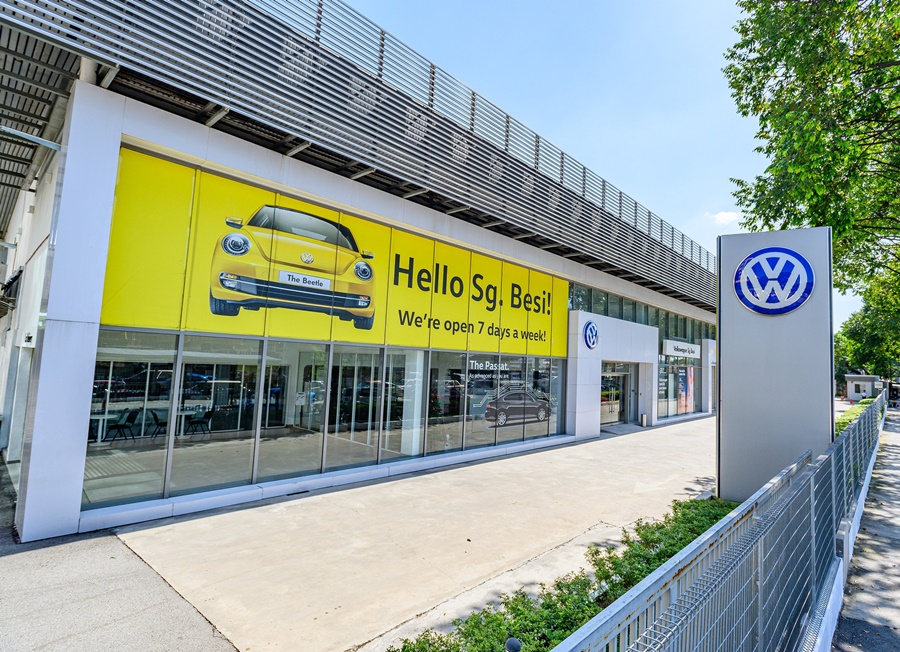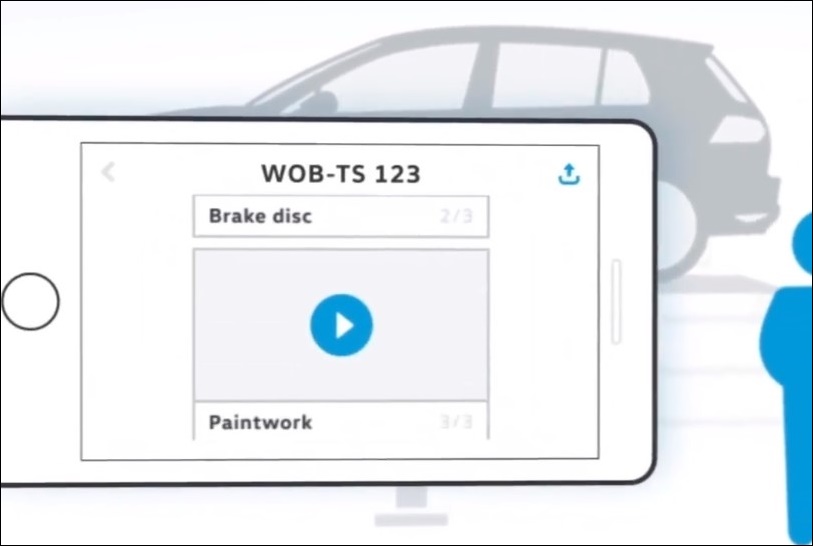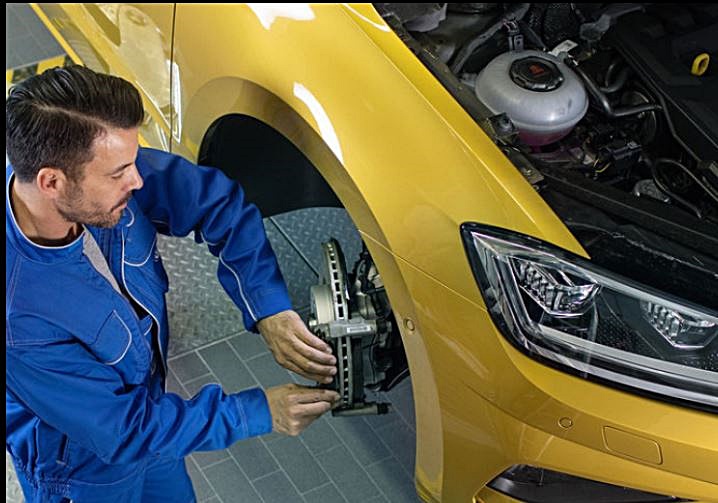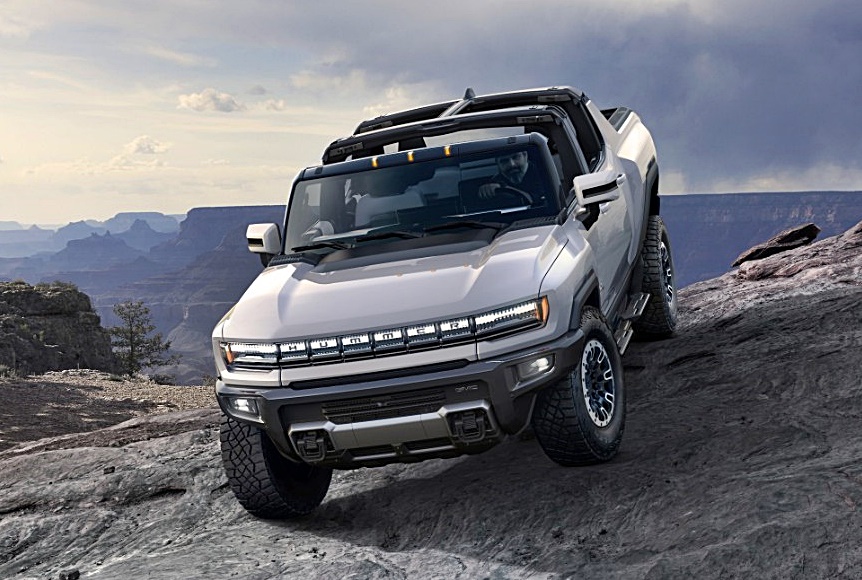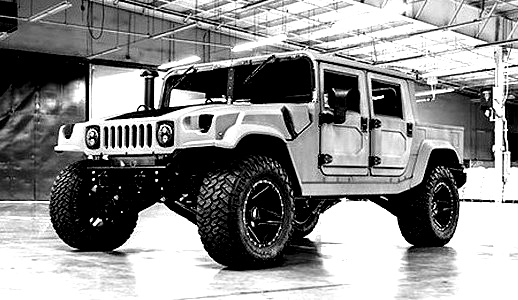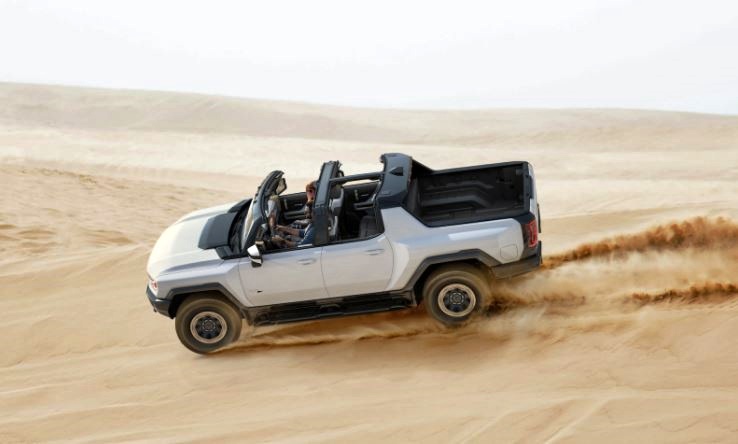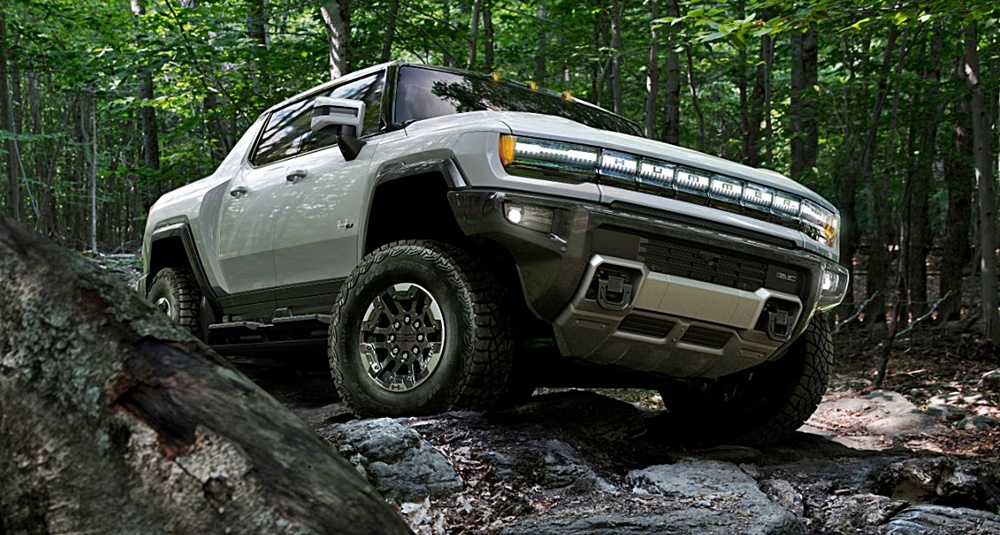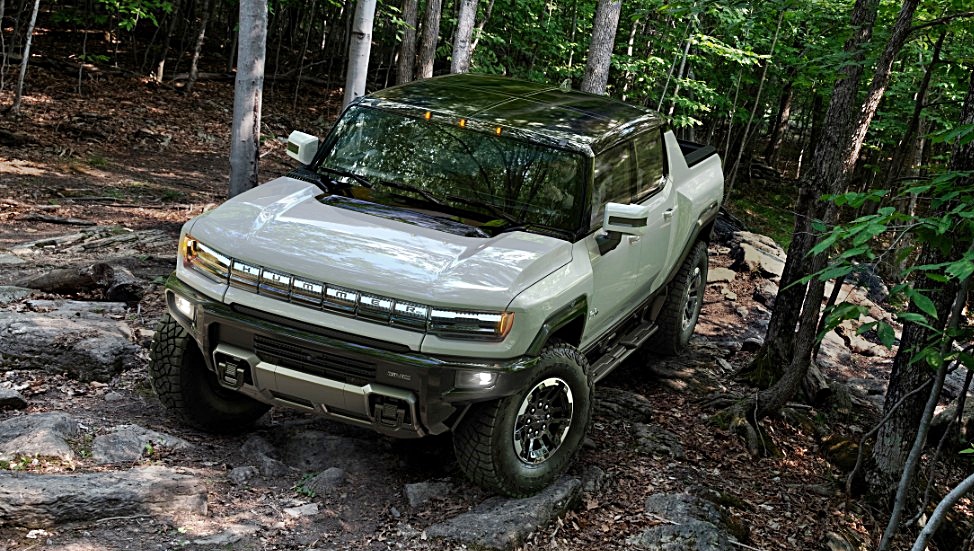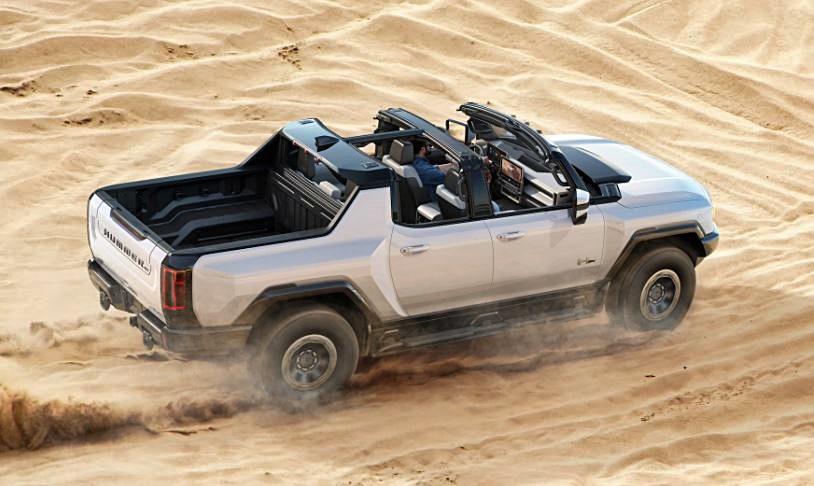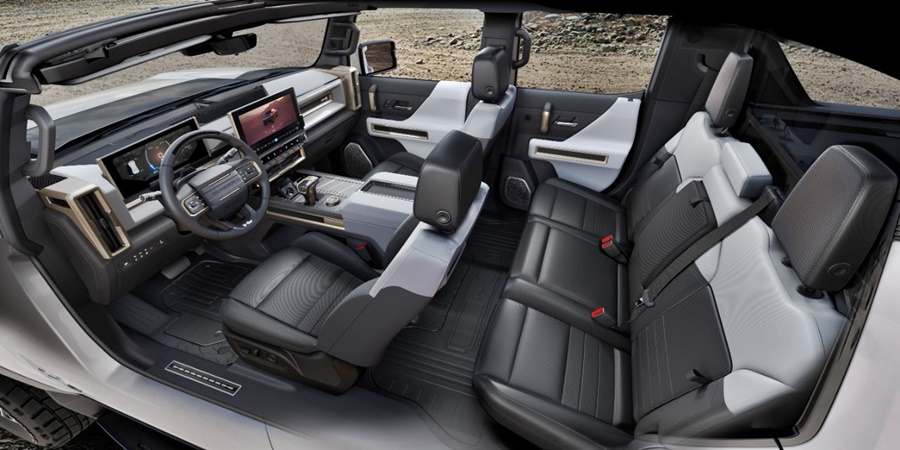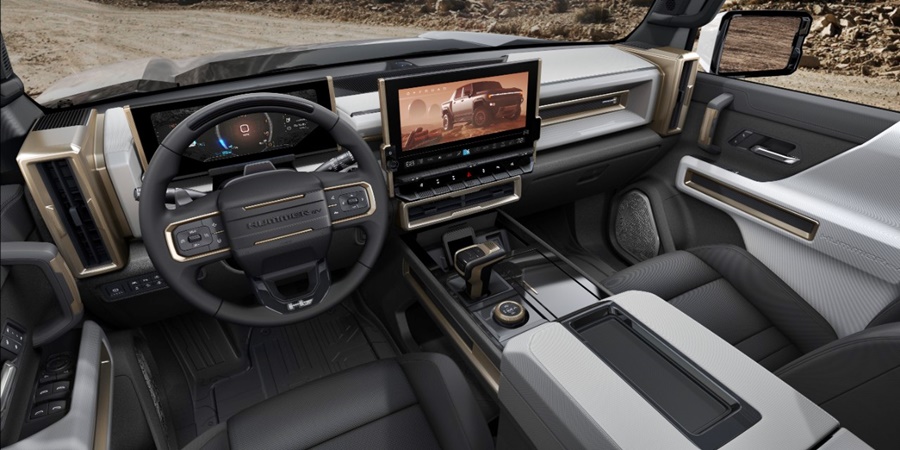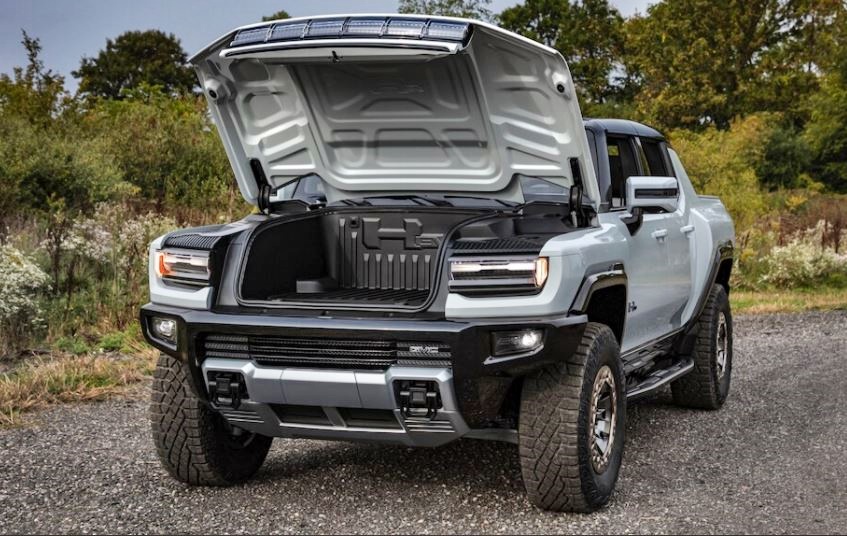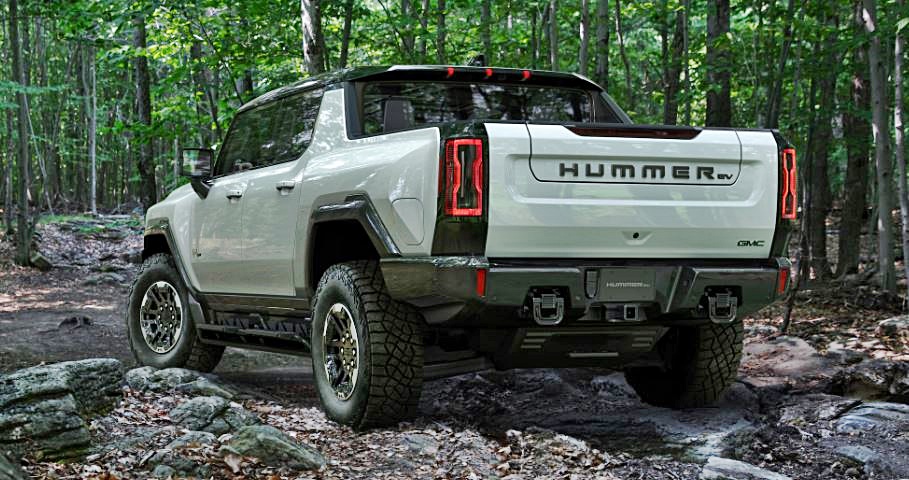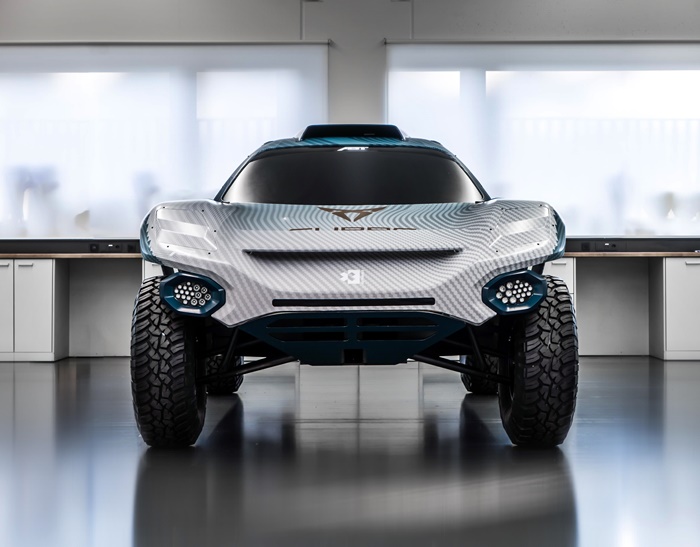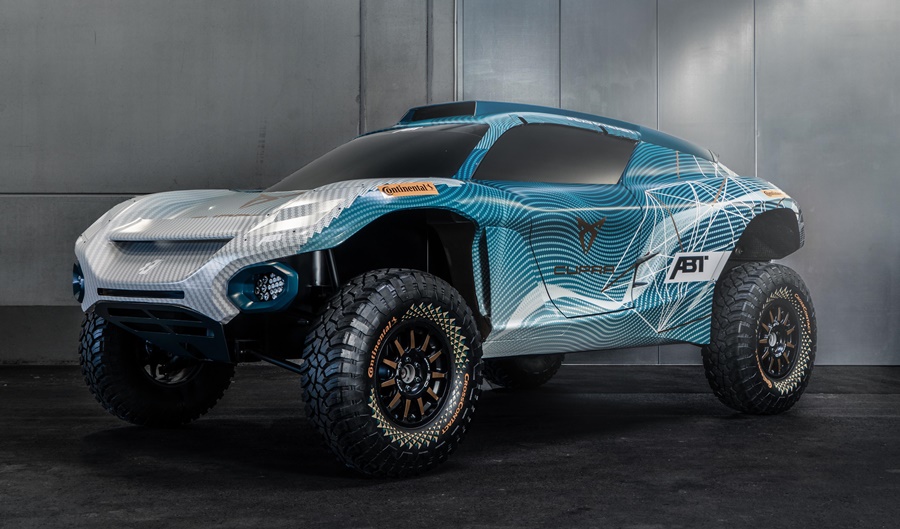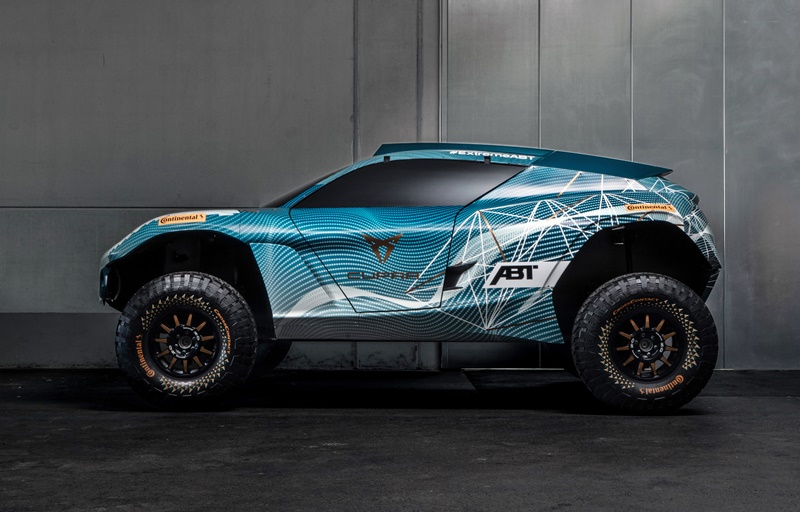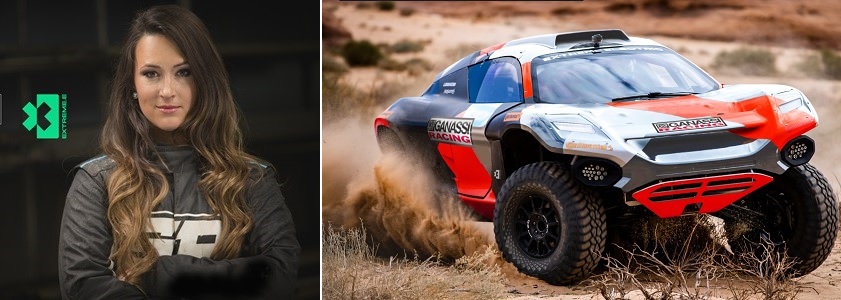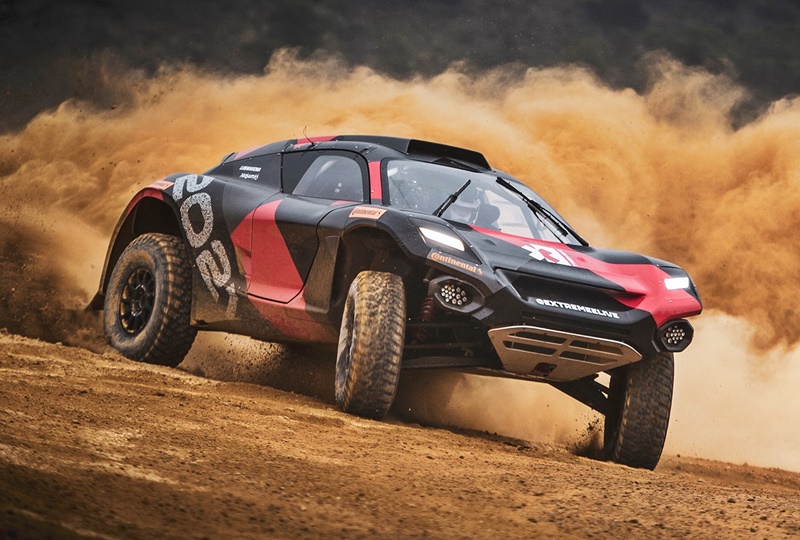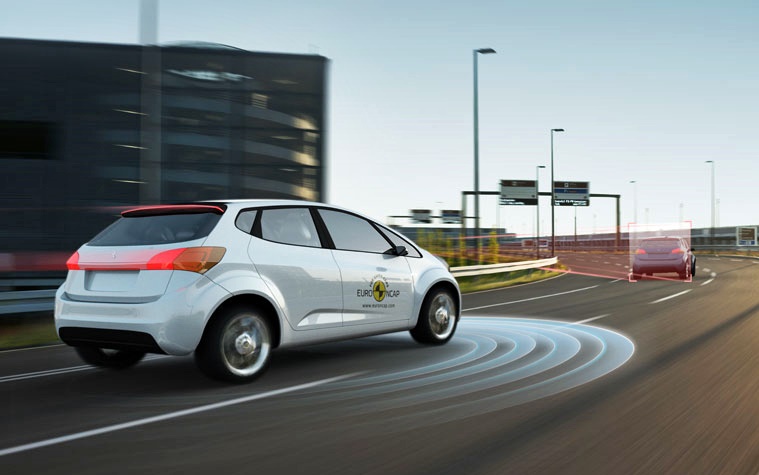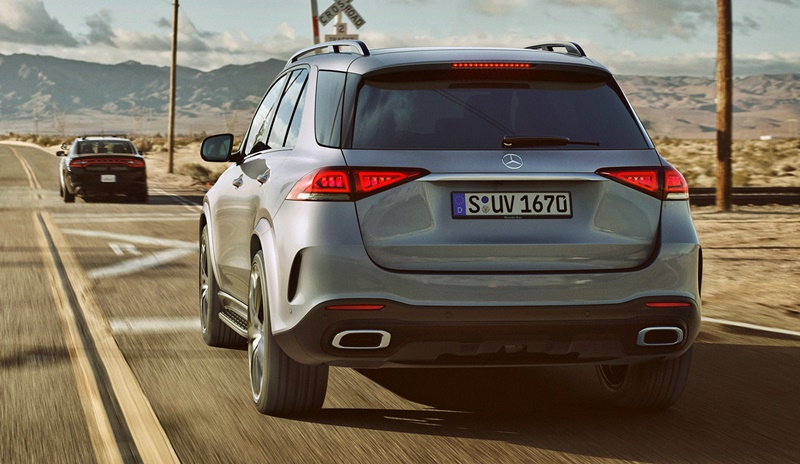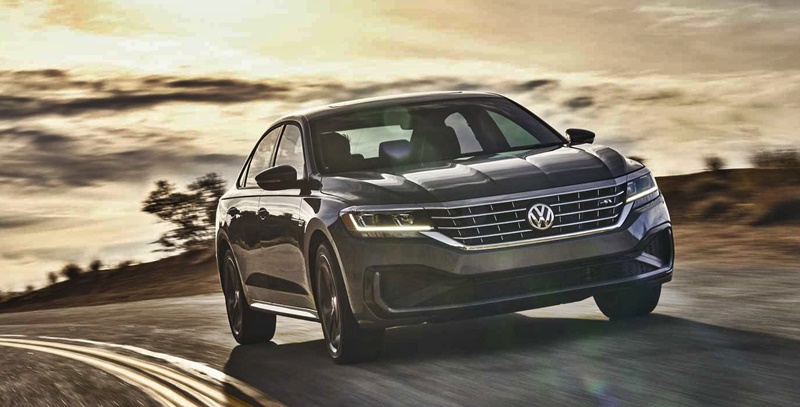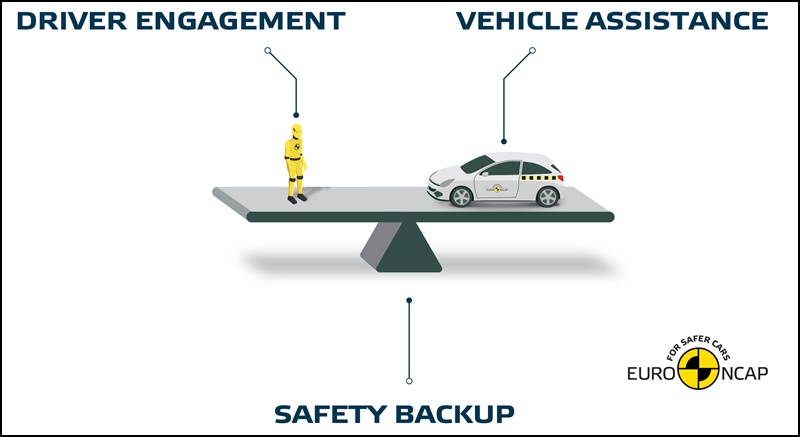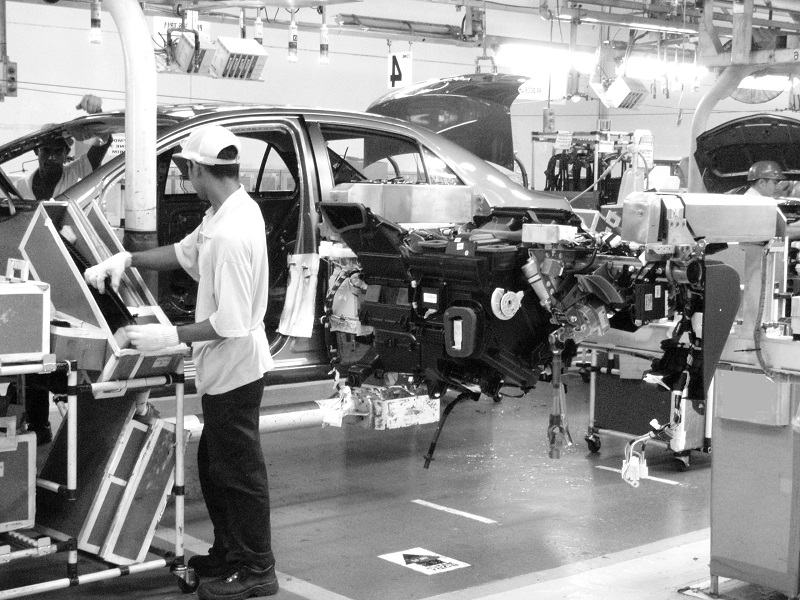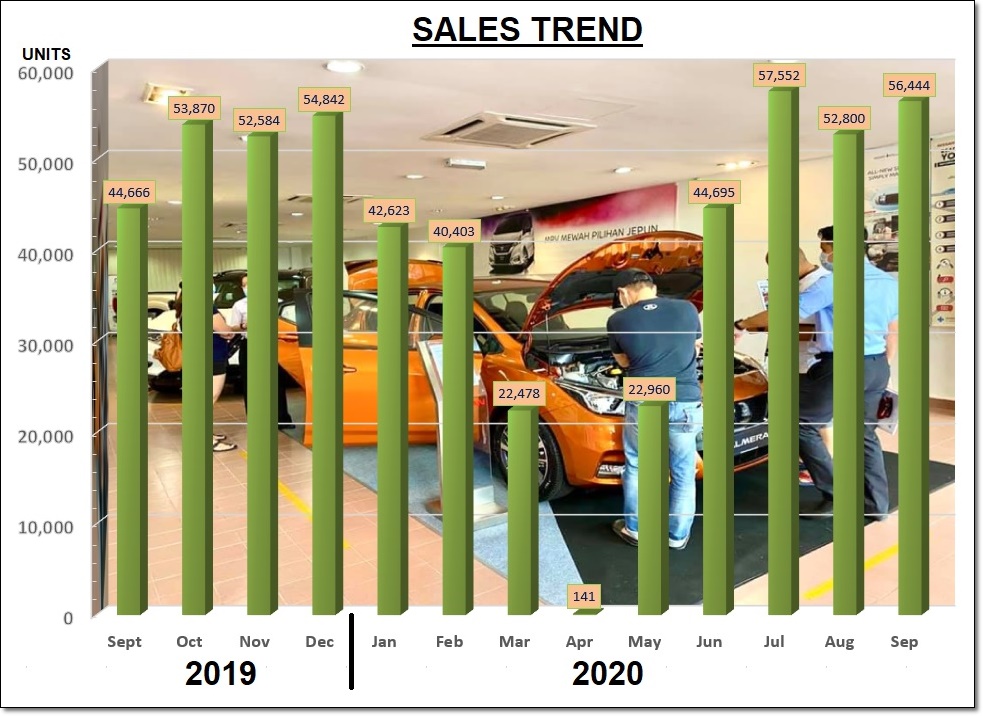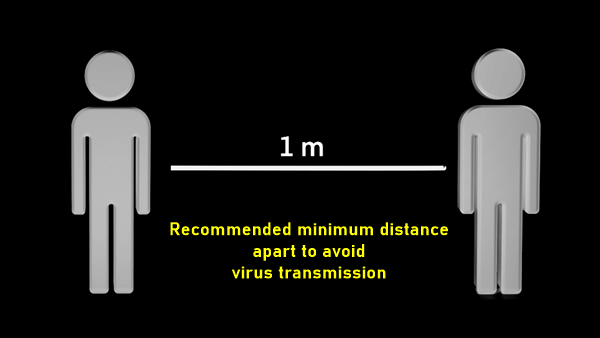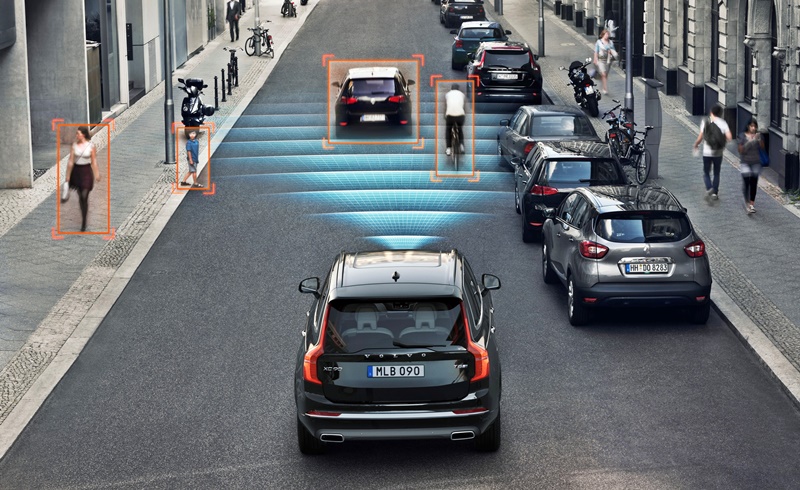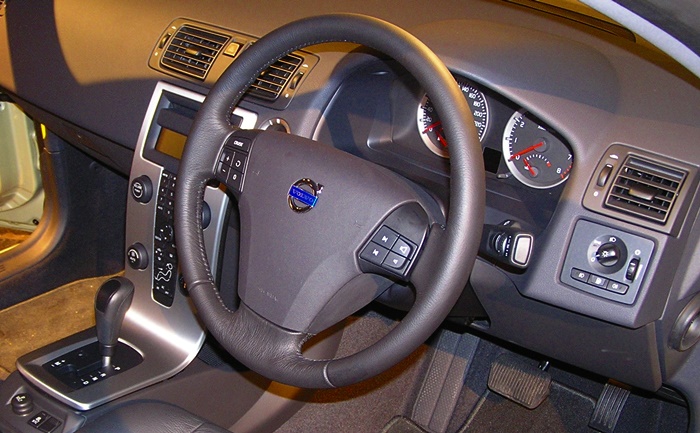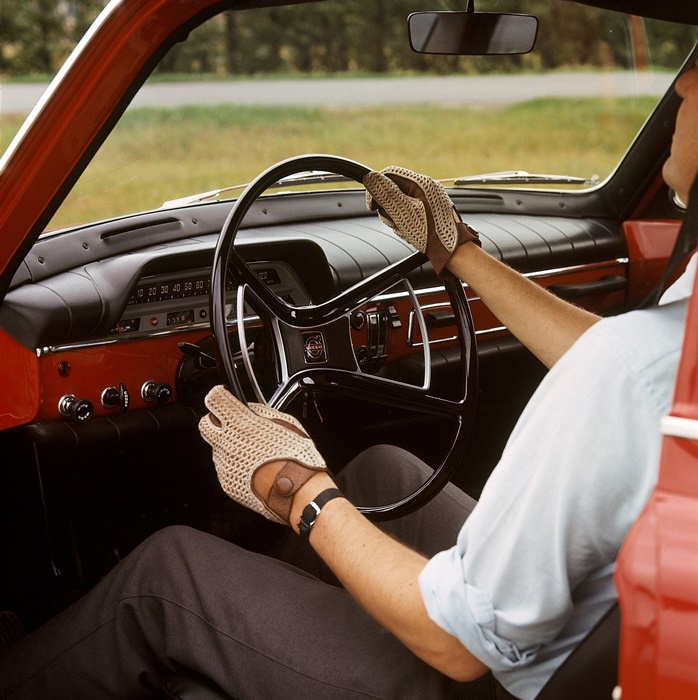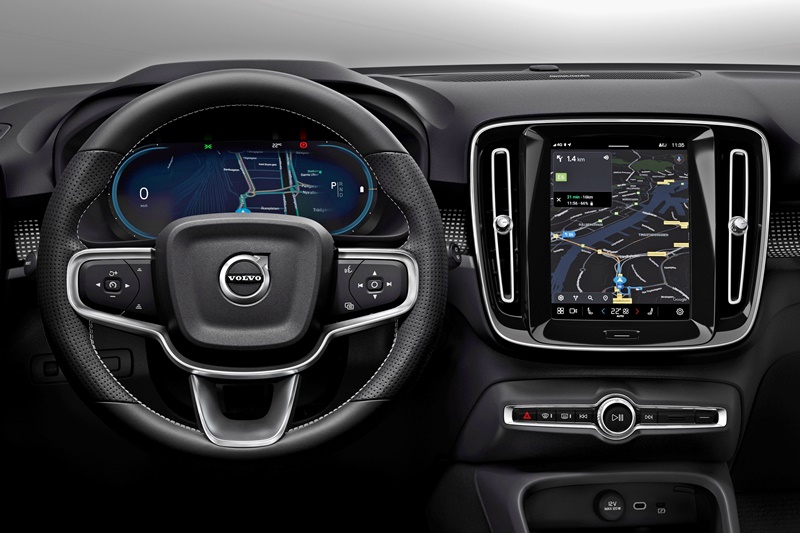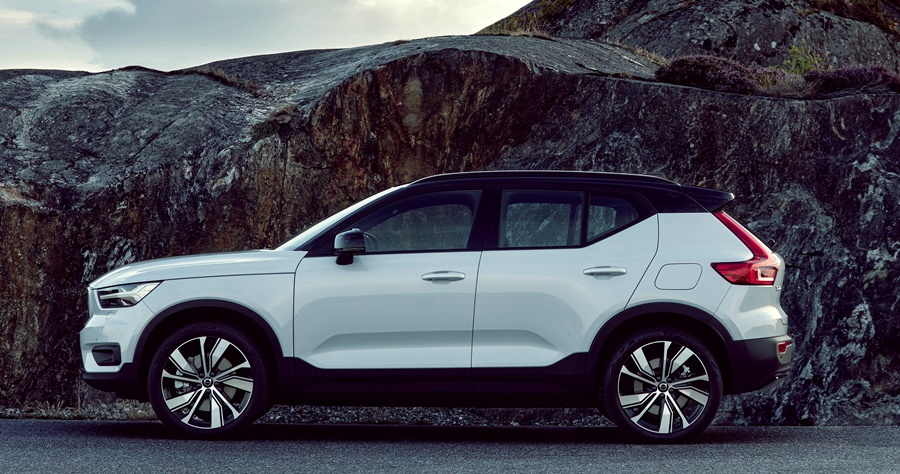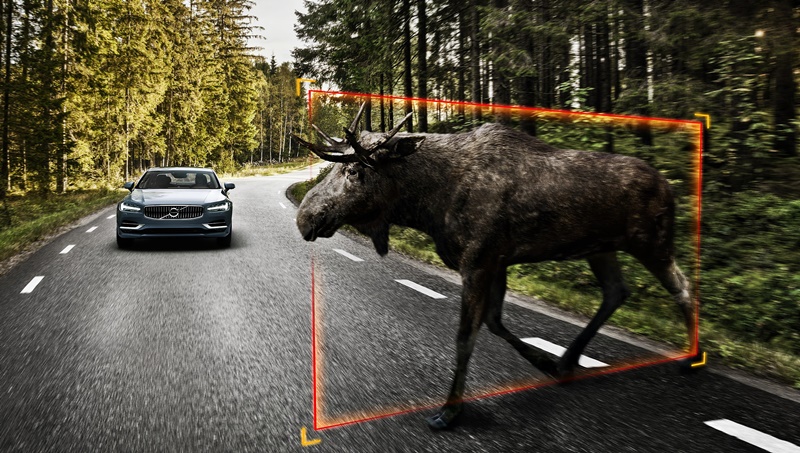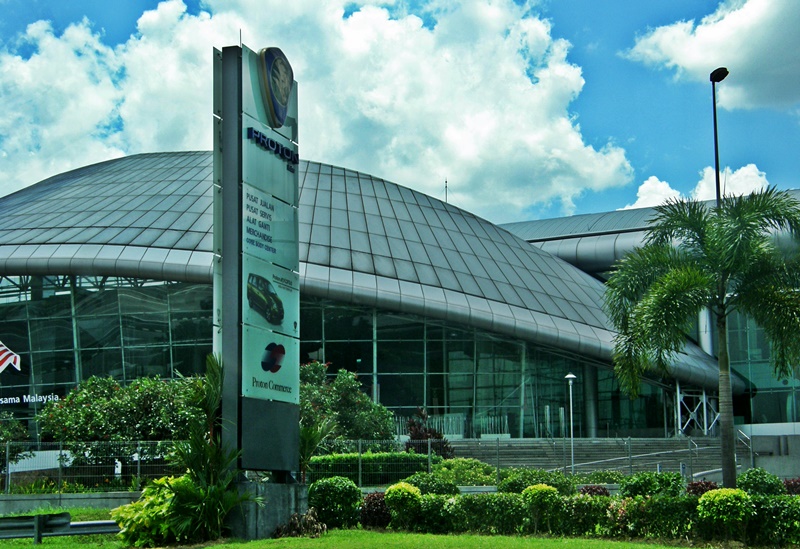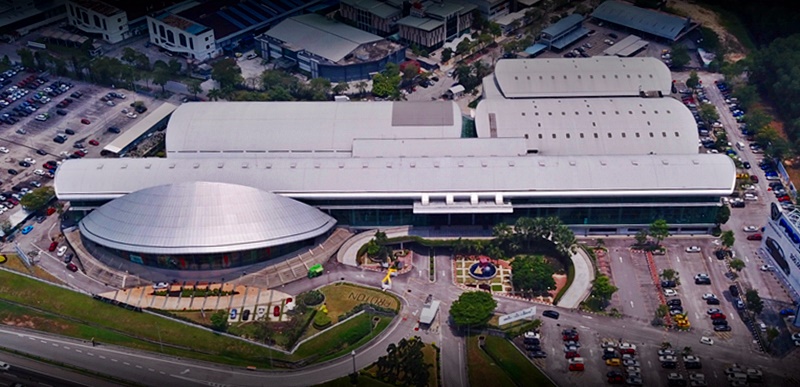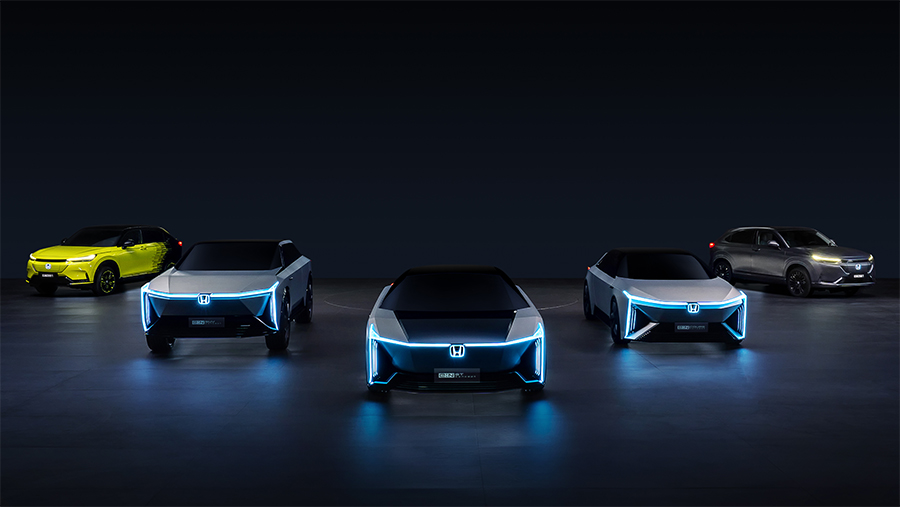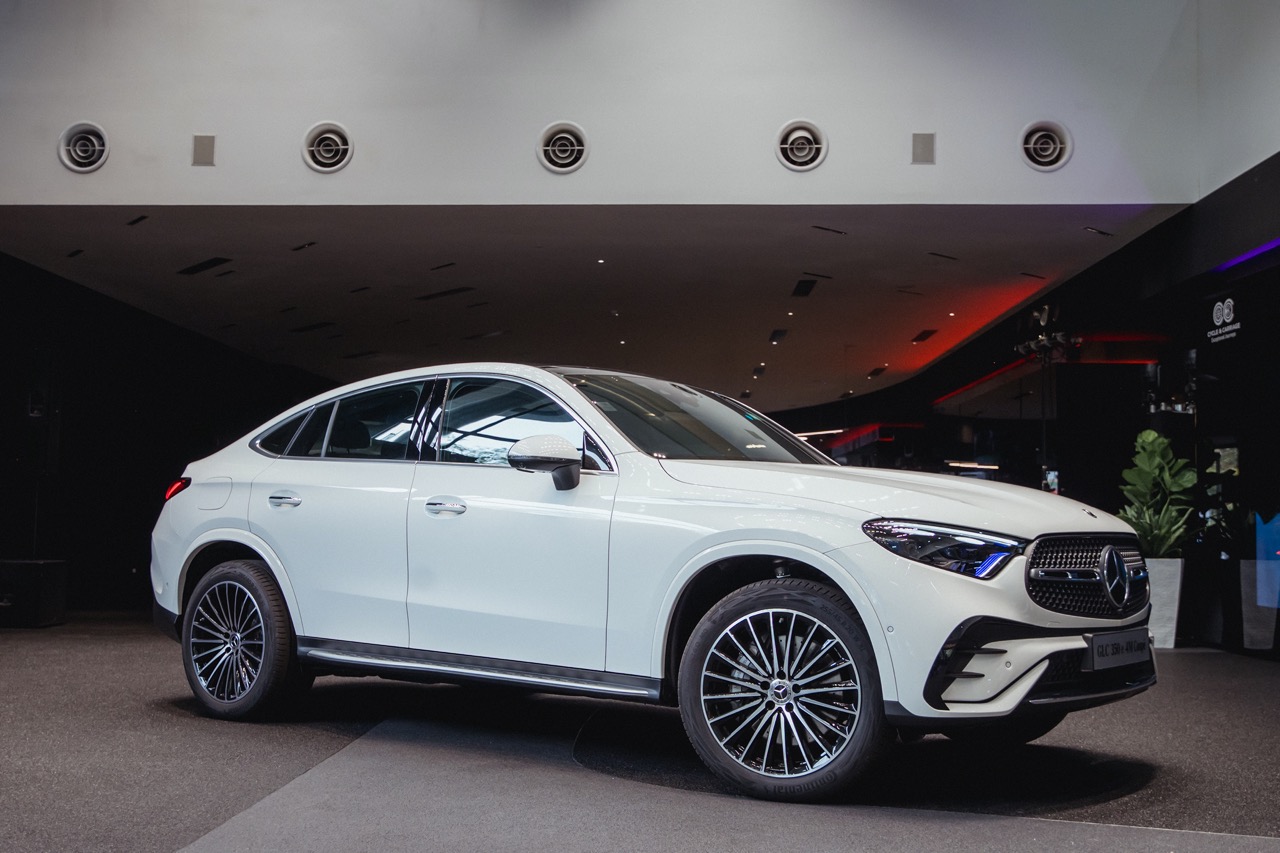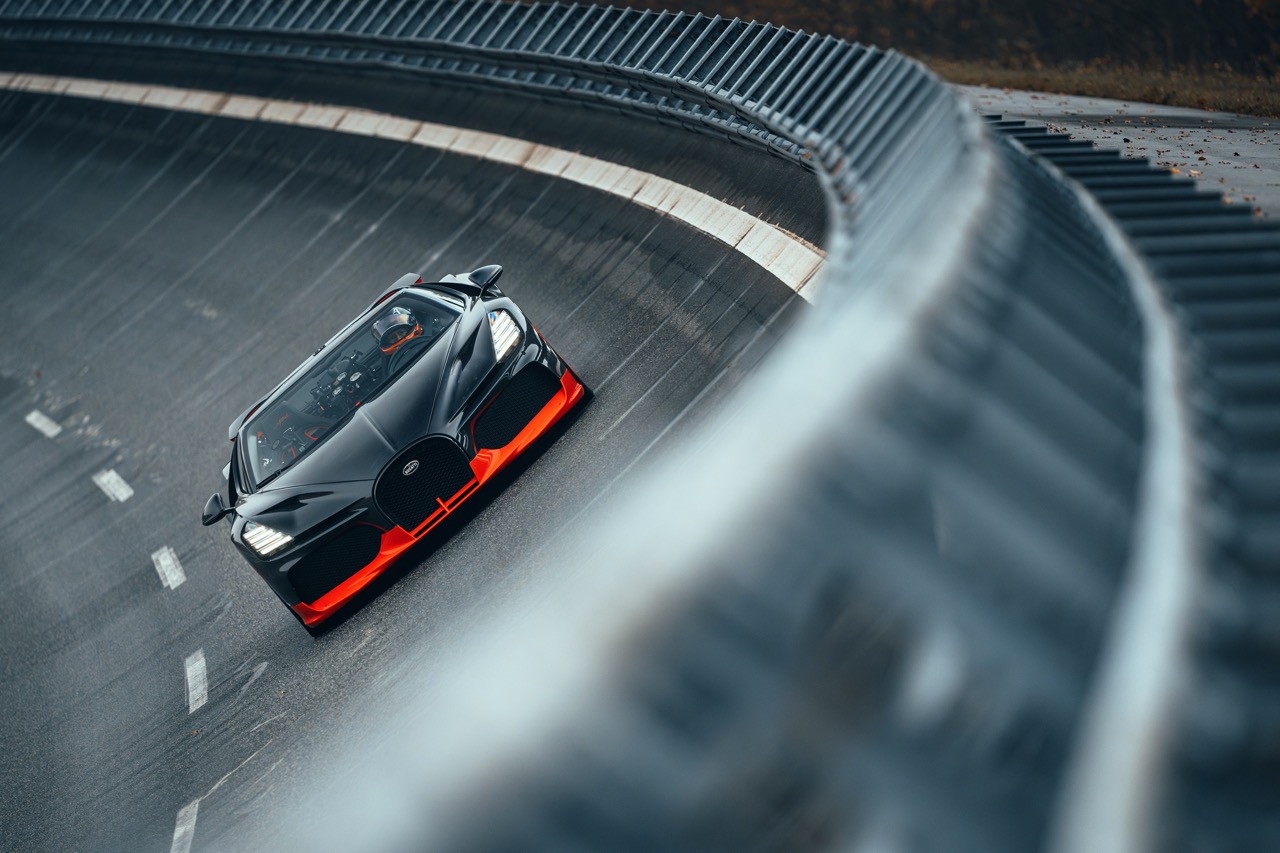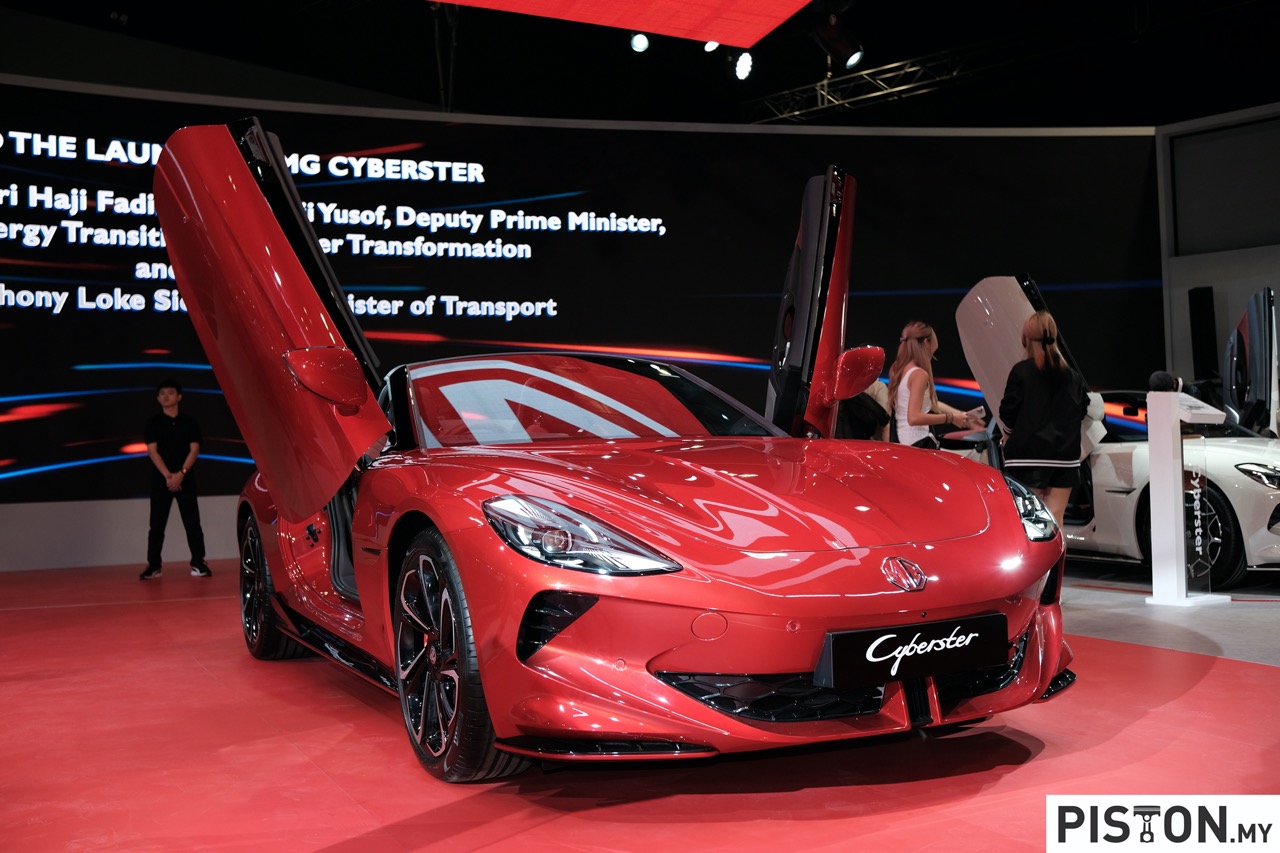BMW M GmBh is the high-performance subsidiary of BMW AG which has its own line of models. Until now, these models were only available for the Malaysian market in CBU form, imported from Germany. This, of course, meant higher import duties payable, bumping up their price.
Now, if you want the M340i xDrive, you can get it for a lower price and it doesn’t have to be a grey import either. Thanks to BMW Group Malaysia’s decision to assemble the model locally, it is available brand new for RM402,354.13 (excluding insurance, with full Sales Tax exemption), the first time a M model has been assembled in Malaysia.
Derived from the 3-Series, the M340i xDrive has the same athletic design with sportier elements. The locally-assembled version comes with the M Aerodynamics Package and BMW Individual High-gloss Shadowline trim. A metallic Cerium Grey finish is applied on items such as air inlets in the front bumper, the kidney grille and its surround, along with the exterior mirror caps.
Most powerful 3-Series derivative
The M340i xDrive has the most powerful engine in the 3-Series range, a TwinPower Turbo 6-cylinder petrol unit producing 387 bhp/500 Nm. All that output goes through an 8-speed Steptronic Sport transmission and is then distributed intelligently by BMW’s xDrive system to all four wheels.
The all-wheel drive system, which has its origins in the 3-Series of 1985 (325iX), has a sporting rear-wheel bias, while modified power steering provides noticeably more direct feedback. The M Sport differential optimises traction and driving stability when cornering at high speeds or accelerating out of a bend, changing lanes or on different road surfaces.
With all-wheel drive transmitting the power efficiently to the road, the M340i xDrive can go from 0 to 100 km/h in a claimed 4.4 seconds and on to a top speed of 250 km/h. A combined fuel consumption figure of about 13 kms/litre is claimed although that would be when the driver is not enjoying the full performance of the car.
Maximising performance
Also contributing to maximised performance is variable sport steering and the specially-tuned 10 mm-lowered Adaptive M suspension. This can be electrically adjusted at any time to suit the road and driving conditions.
All that power needs good stopping power too and the engineers at BMW M have developed M Sport brakes for the model. Mounted behind 19-inch M wheels (with runflat tyres), these have 4-piston fixed calipers at the front and single-piston floating calipers at the rear in blue with the ‘M’ designation. The use of large-diameter discs increases the surface area available for braking.
The M environment within
Though derived from the 3-Series, the cockpit has M-specific philosophy which gives a sportier environment within. Standard equipment includes sports seats for the driver and front passenger upholstered in Leather Vernasca (Black or Cognac, with black decor stitching), an M leather steering wheel, front door sill finisher with illumination, and a BMW Individual headliner in Anthracite. M-specific pedals, M-specific floormats, and interior trim finishers in Aluminium Tetragon with highlight trim finisher in Pearl Chrome are also present.
Convenience features include automatic 3-zone air-conditioning, the Comfort Access system with contactless opening of the tailgate, while entertainment is delivered via a 16-Speaker Harman Kardon Surround Sound System.
The BMW Live Cockpit Professional has a fully digital 12.3-inch instrument panel, complemented by the BMW Navigation System Professional with a 10.25-inch touchscreen. Also standard is the Head Up Display that projects information on the windscreen and an electric glass roof.
Advanced safety systems
BMW M has made sure that the M340i xDrive’s high performance is matched with advanced safety systems. Besides powerful BMW Laser Lights with high beam assistant up front, there is the Driving Assistant which includes Lane Change Warning, Crossing Traffic Warning at the rear, Rear Collision Warning, and Speed Limit Assist.
In the event that the driver become drowsy or loses concentration, Lane Departure Warning will alert him if the car deviates out of its lane, with active steering intervention to guide it back safely. Autonomous emergency braking occurs automatically taken if a collision is about to occur and the driver has not braked or taken any appropriate action.
The M340i xDrive is available in Alpine White, Black Sapphire, Sunset Orange, and Portimao Blue. As with other new models, it comes with a 5-year unlimited mileage warranty with a Free Scheduled Service Programme, BMW Roadside Assistance and Accident Hotline, The BMW Group Loyalty+ Mobile App – BMW Privileges Card and BMW Service Online.
In showrooms from this weekend
Available at selected authorised BMW dealerships nationwide from this weekend, the M340i xDrive can also be booked at the BMW Shop Online with a transfer of RM1,000. Financing is available from BMW Group Financial Services Malaysia which has monthly instalment plans starting from RM4,468 (terms and conditions apply).
Locally-assembled BMW 218i Gran Coupe M Sport launched at RM211,367



